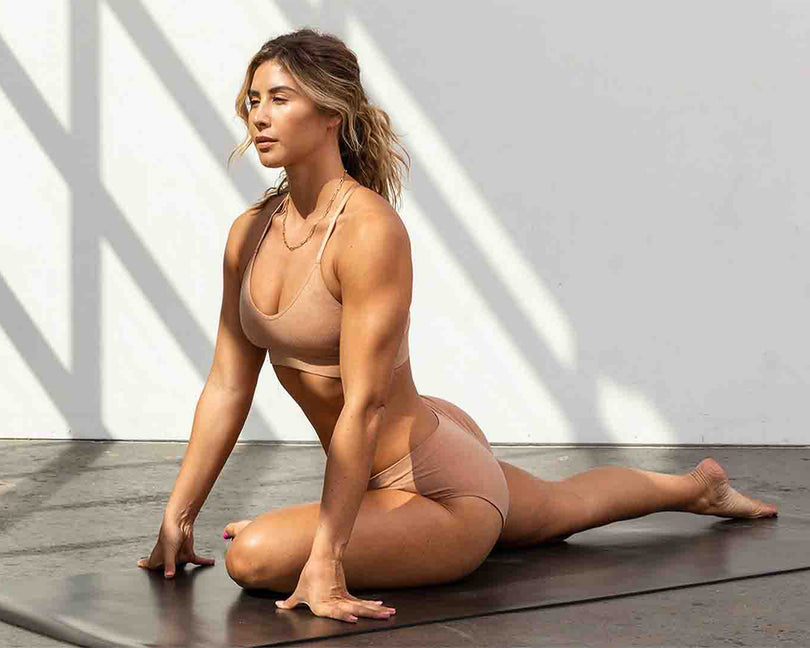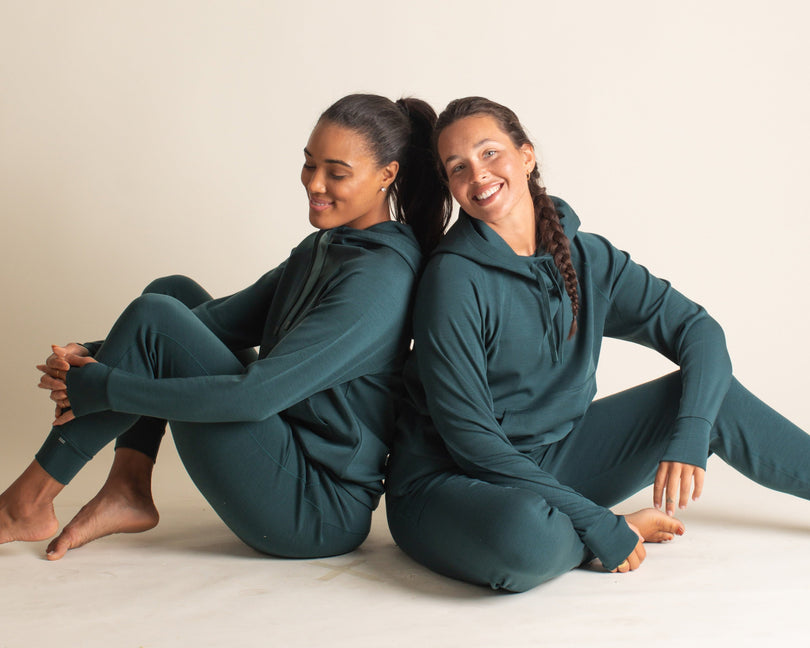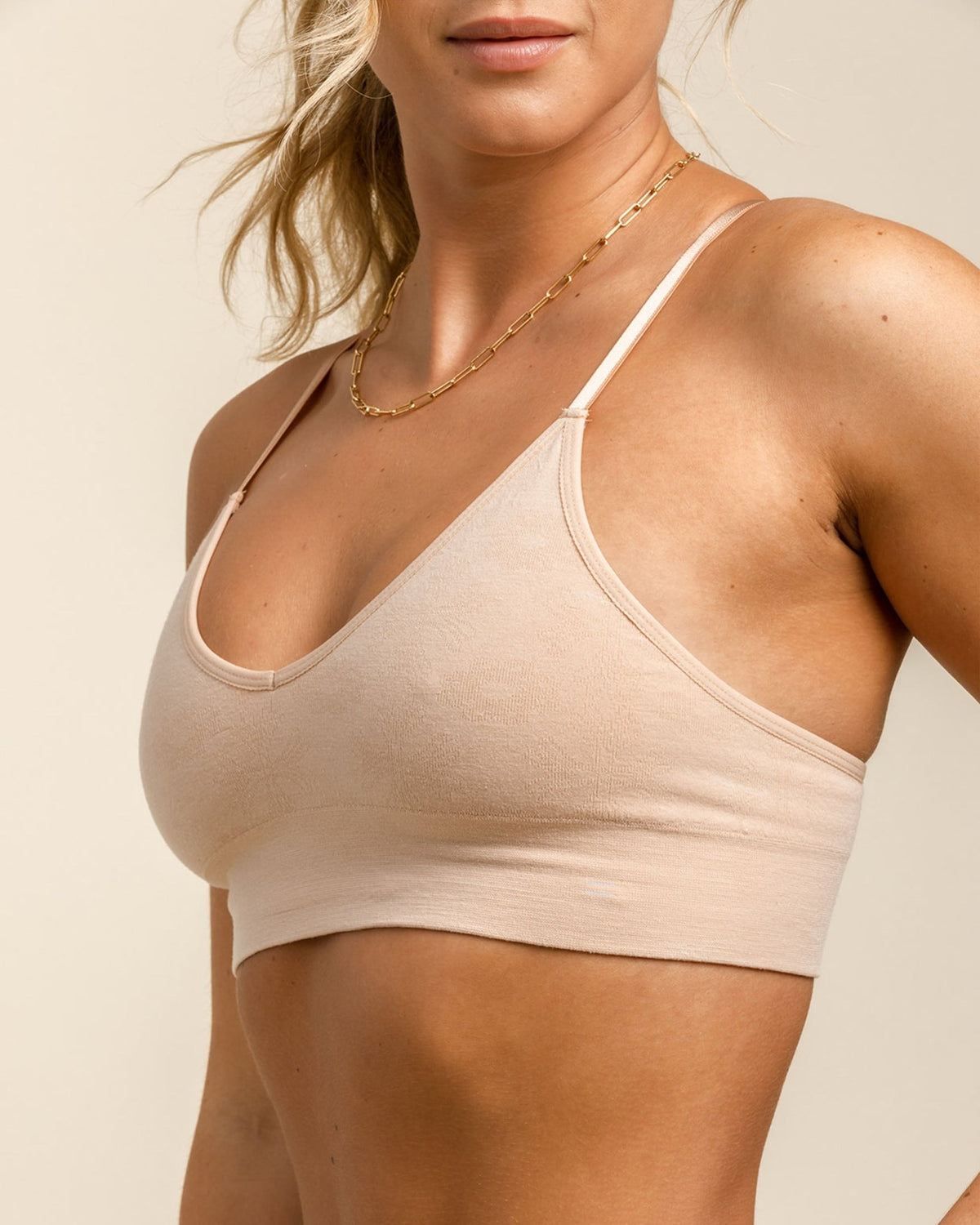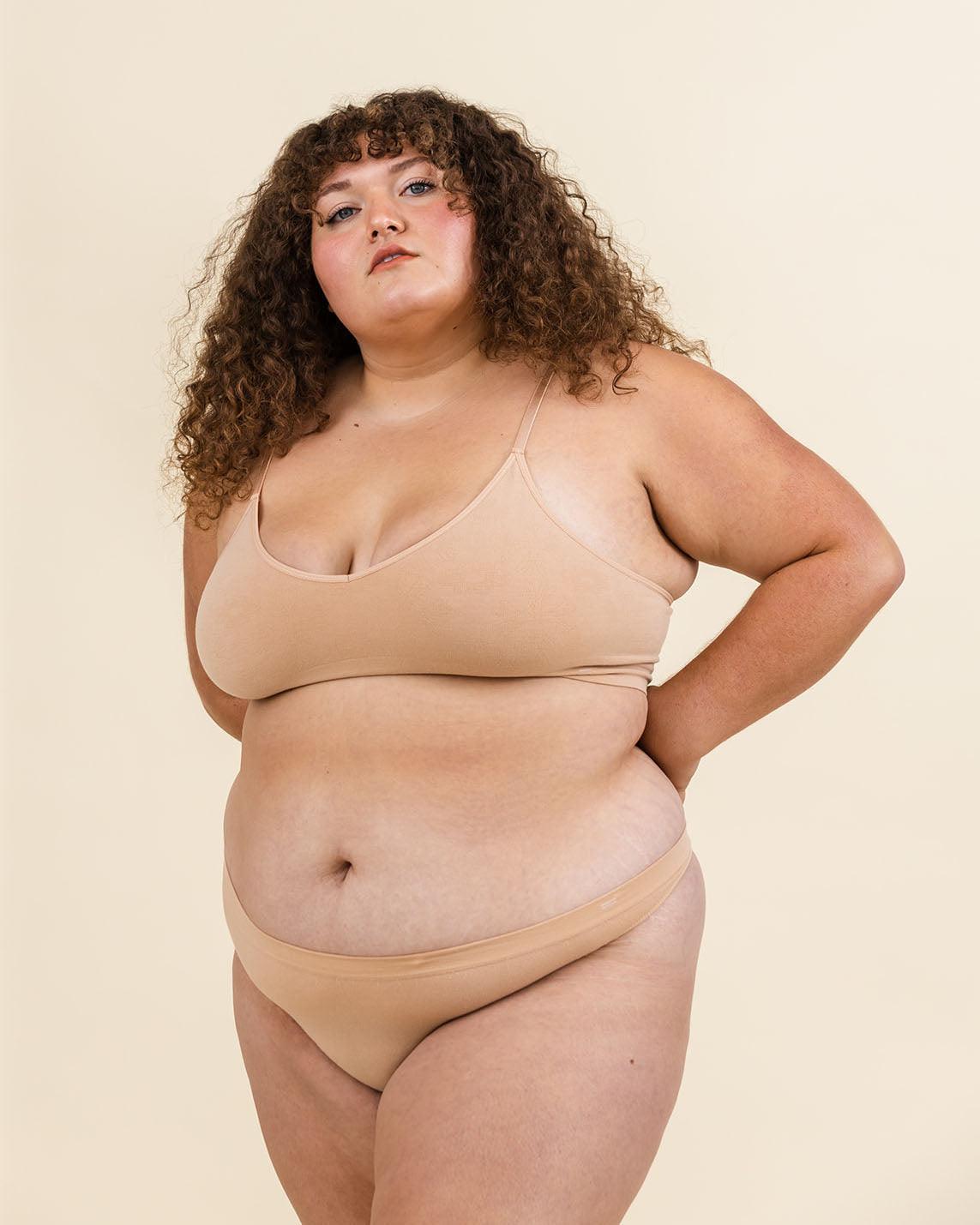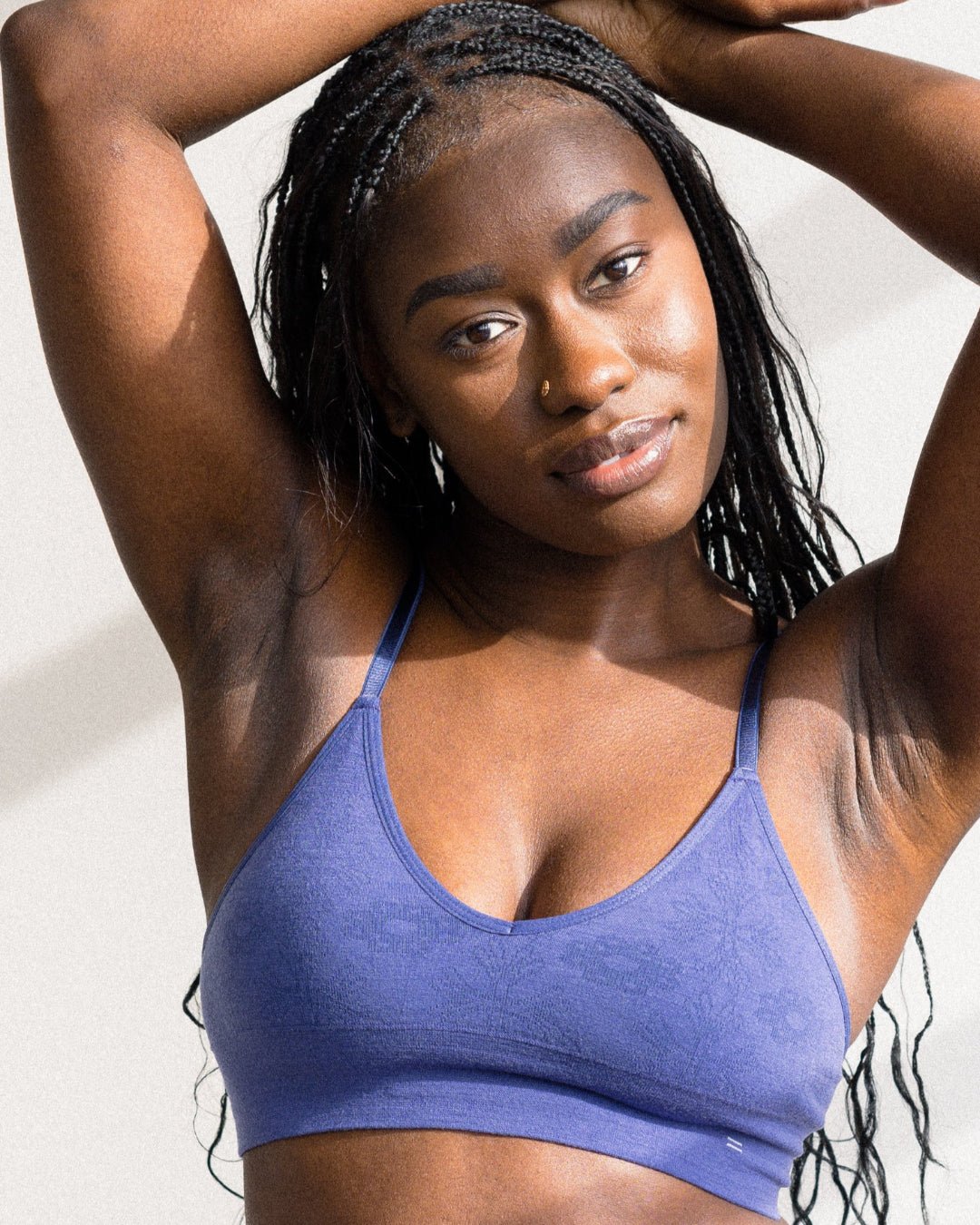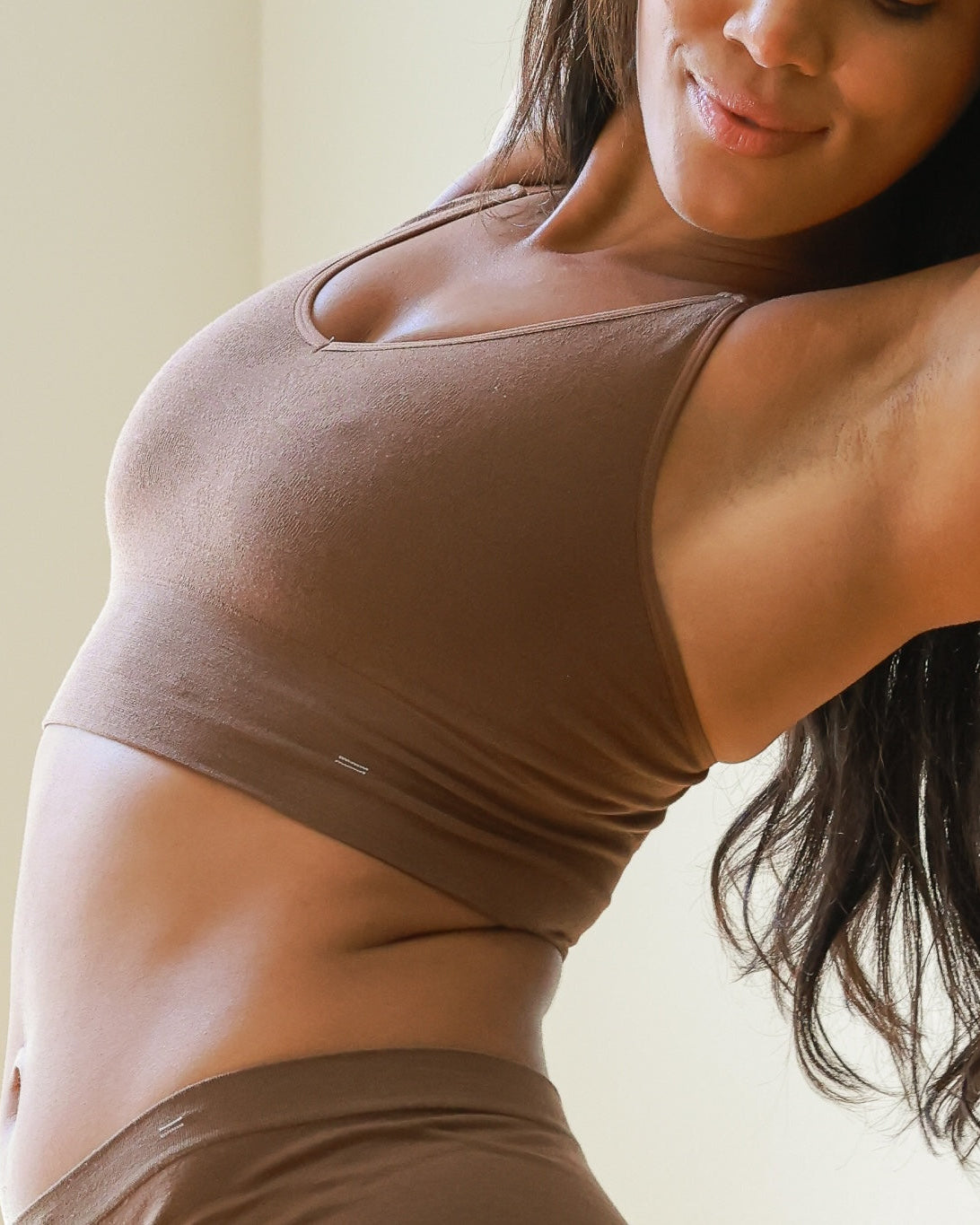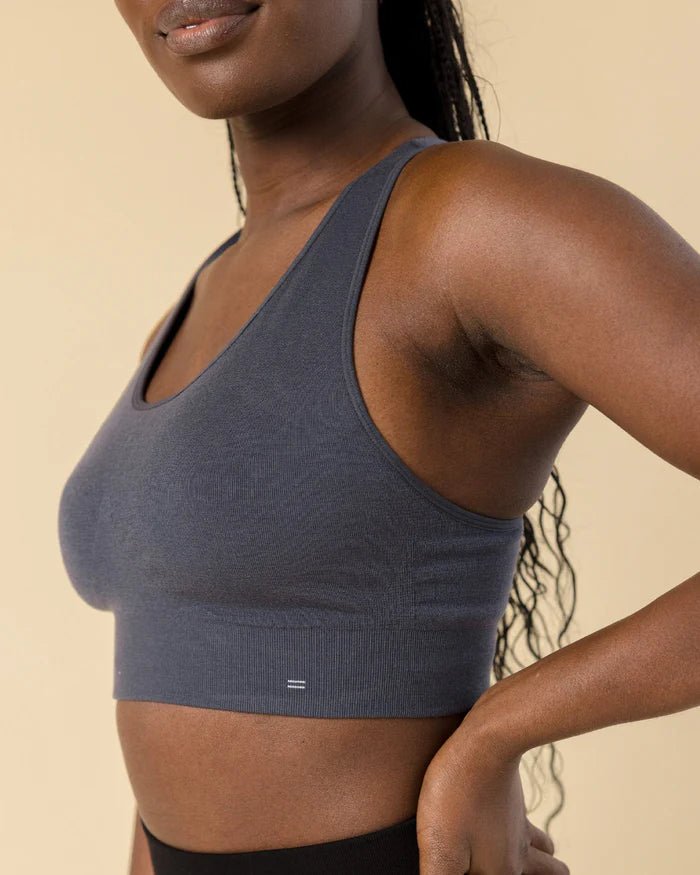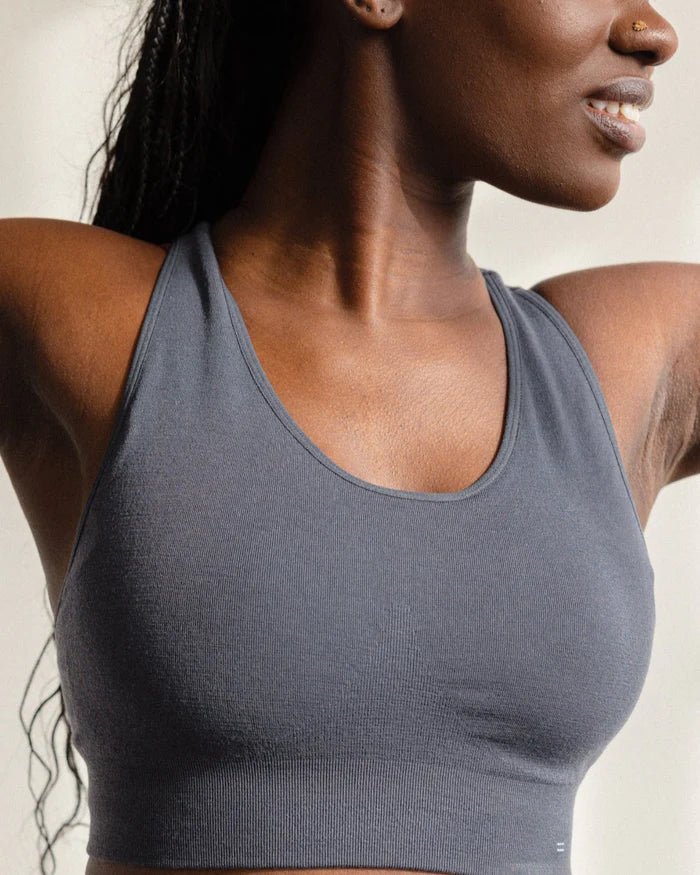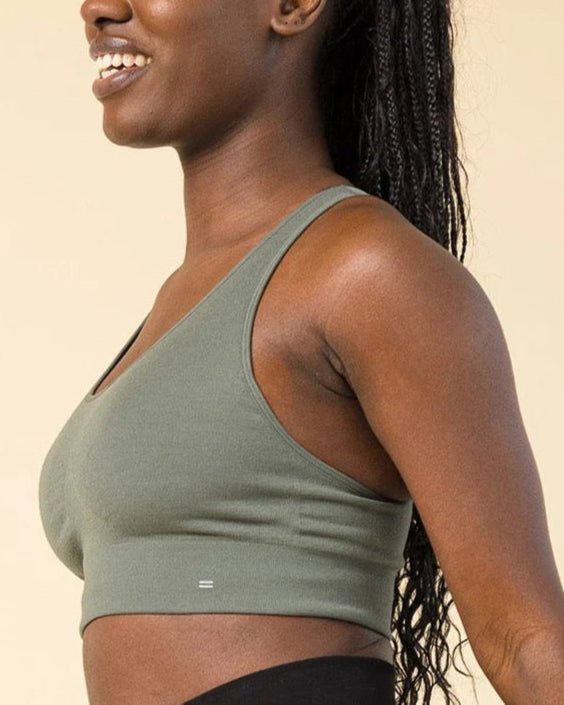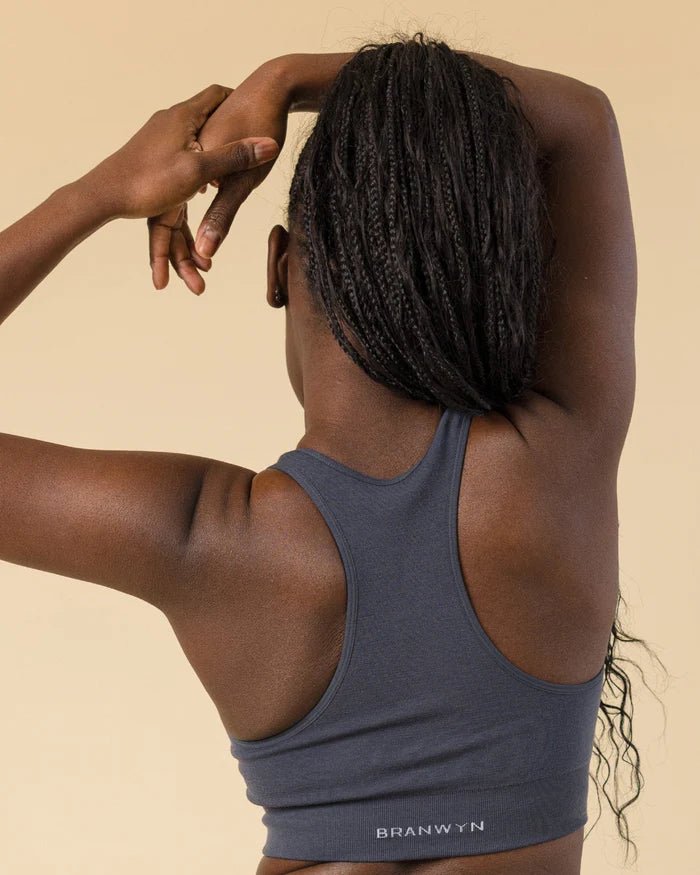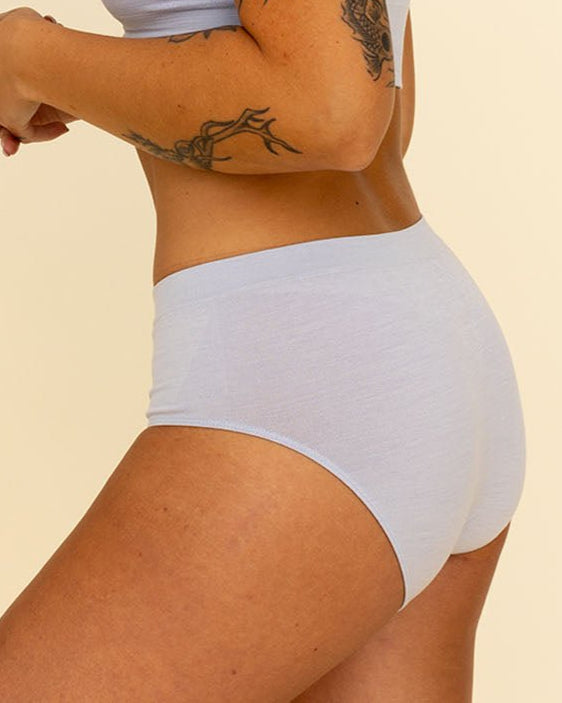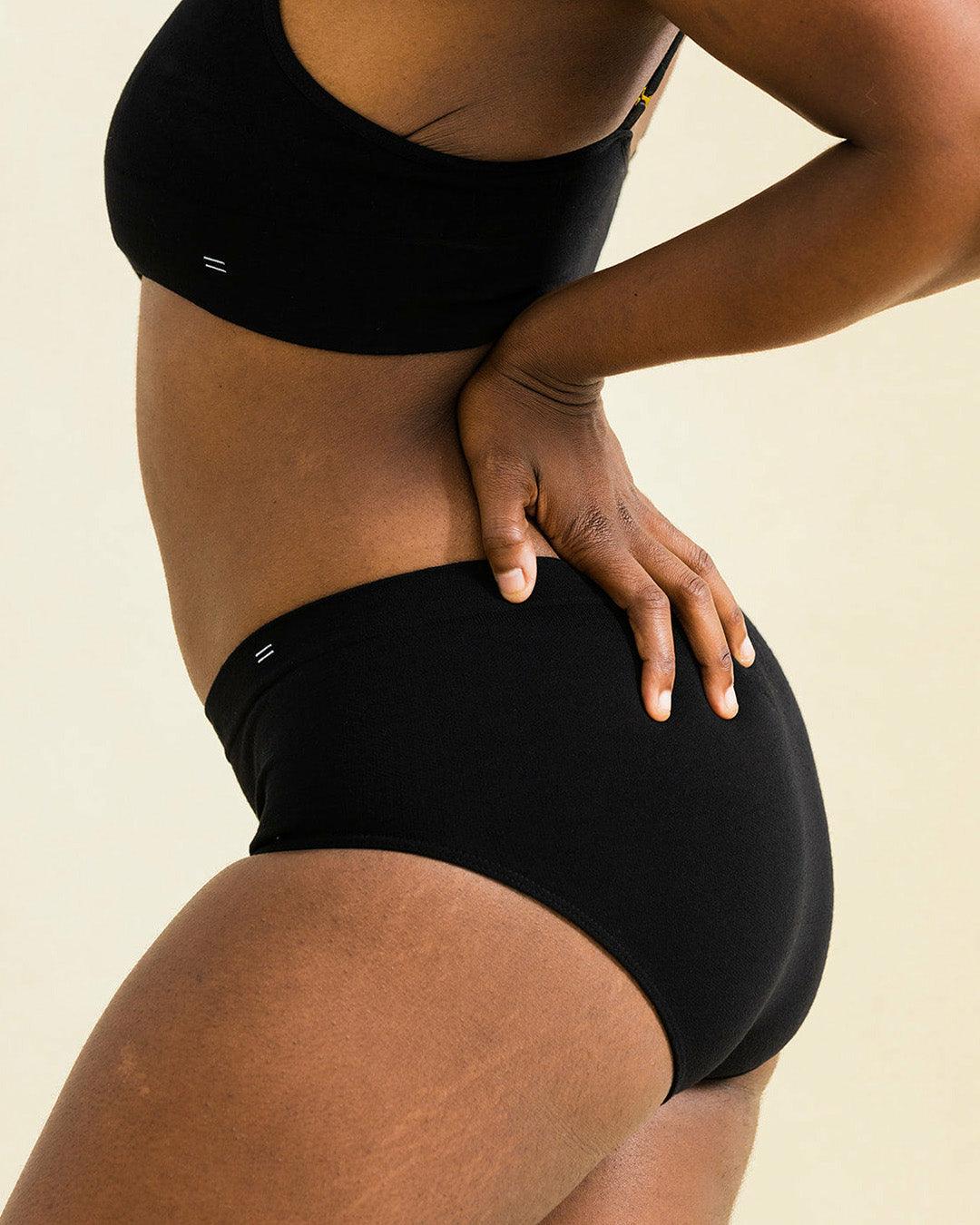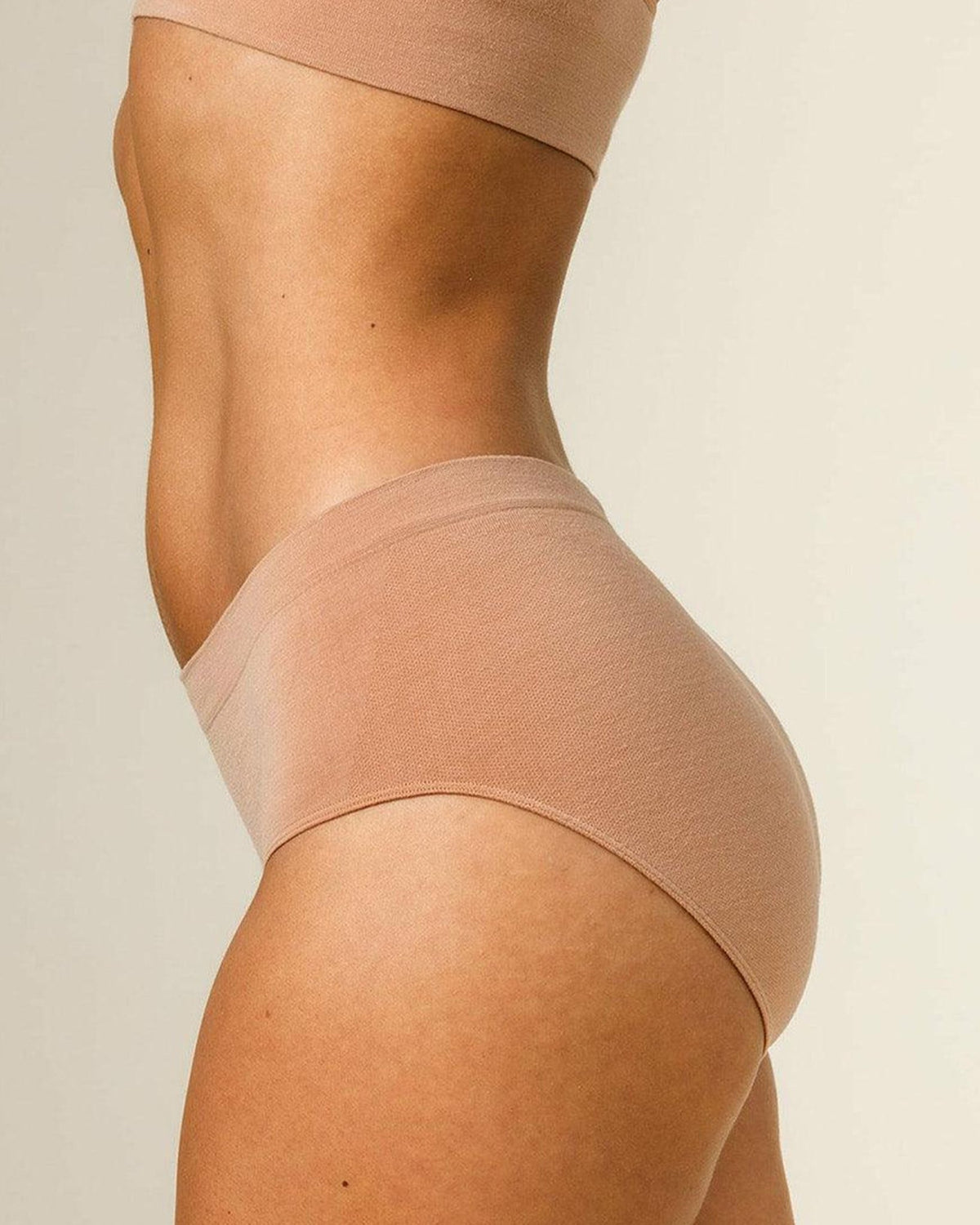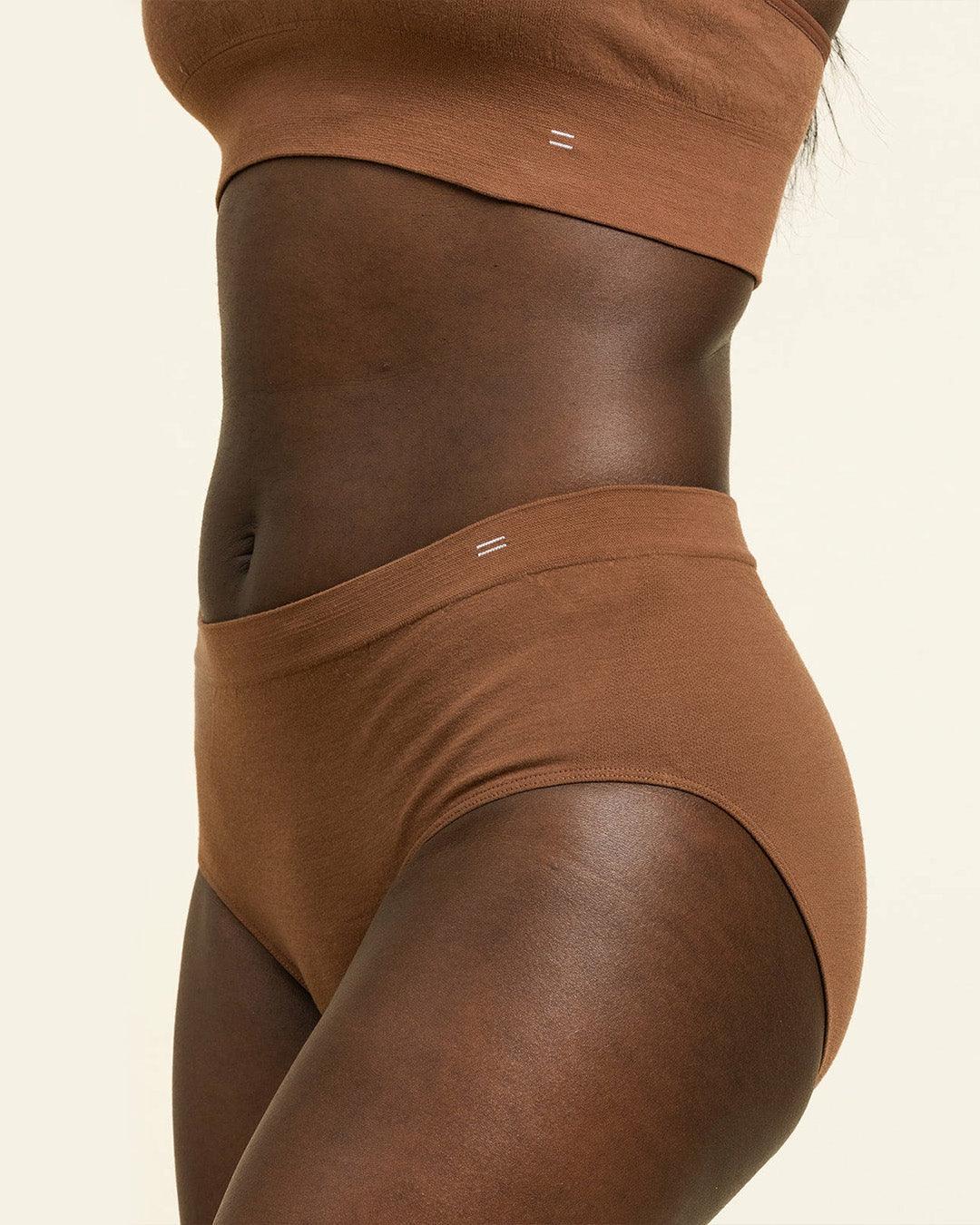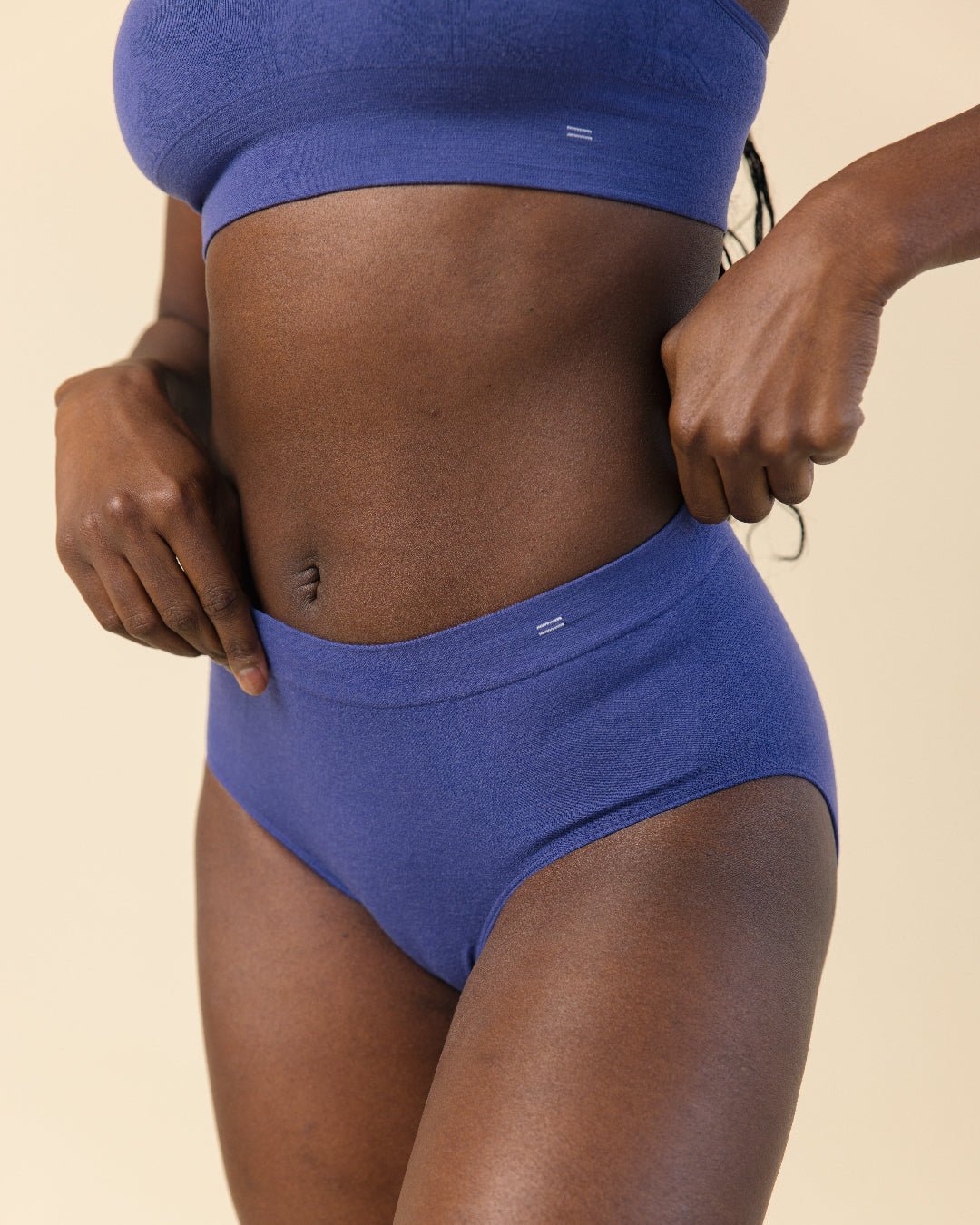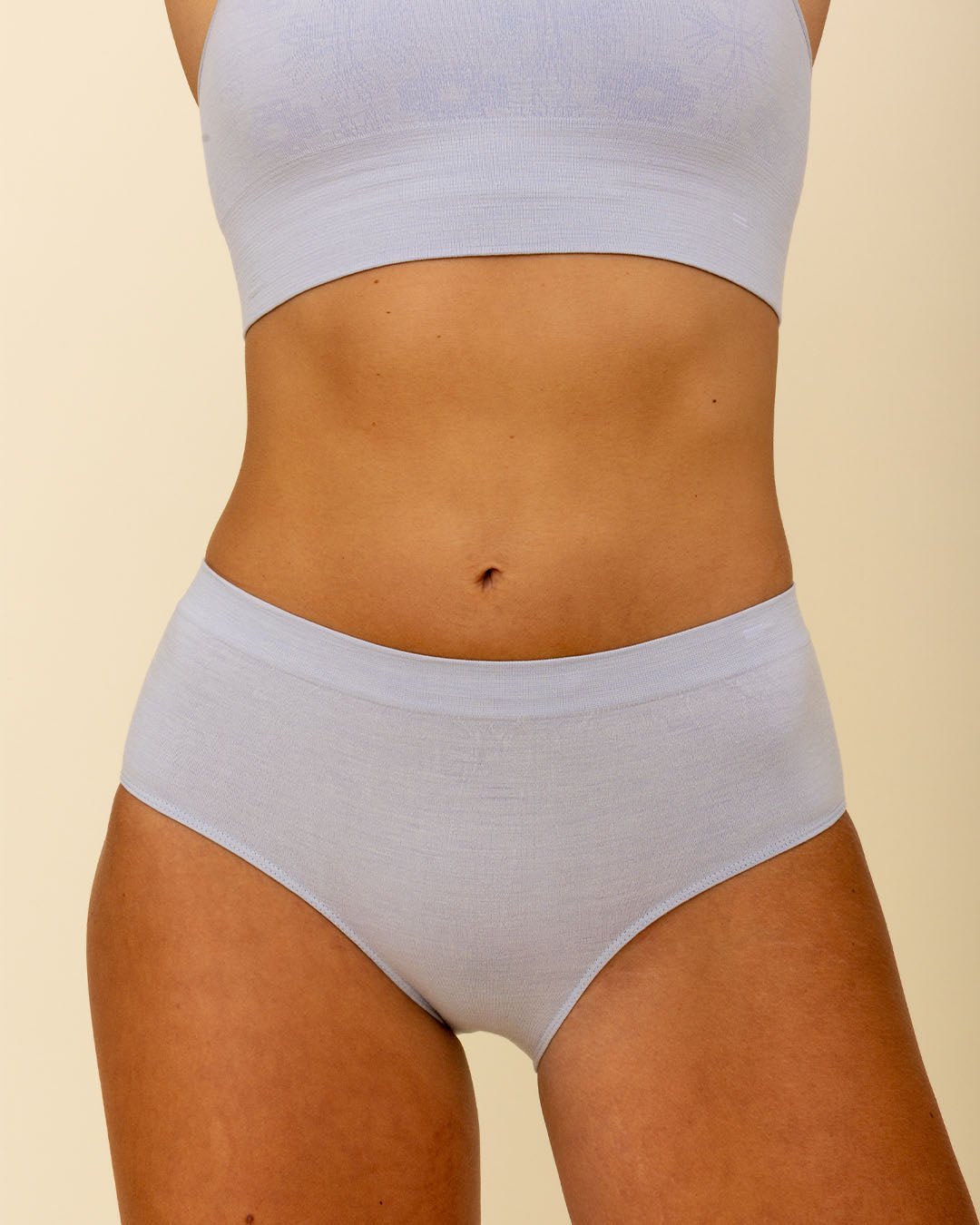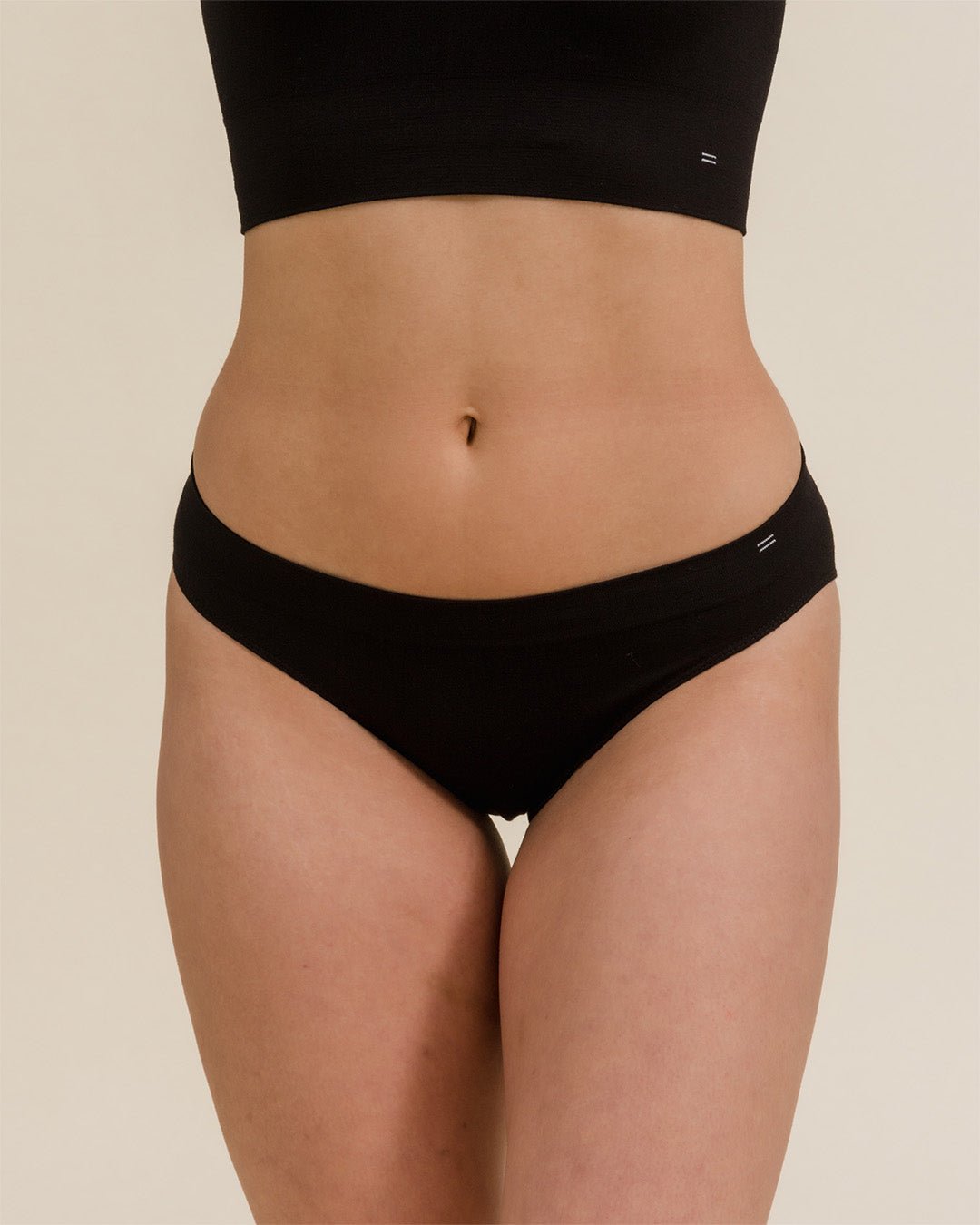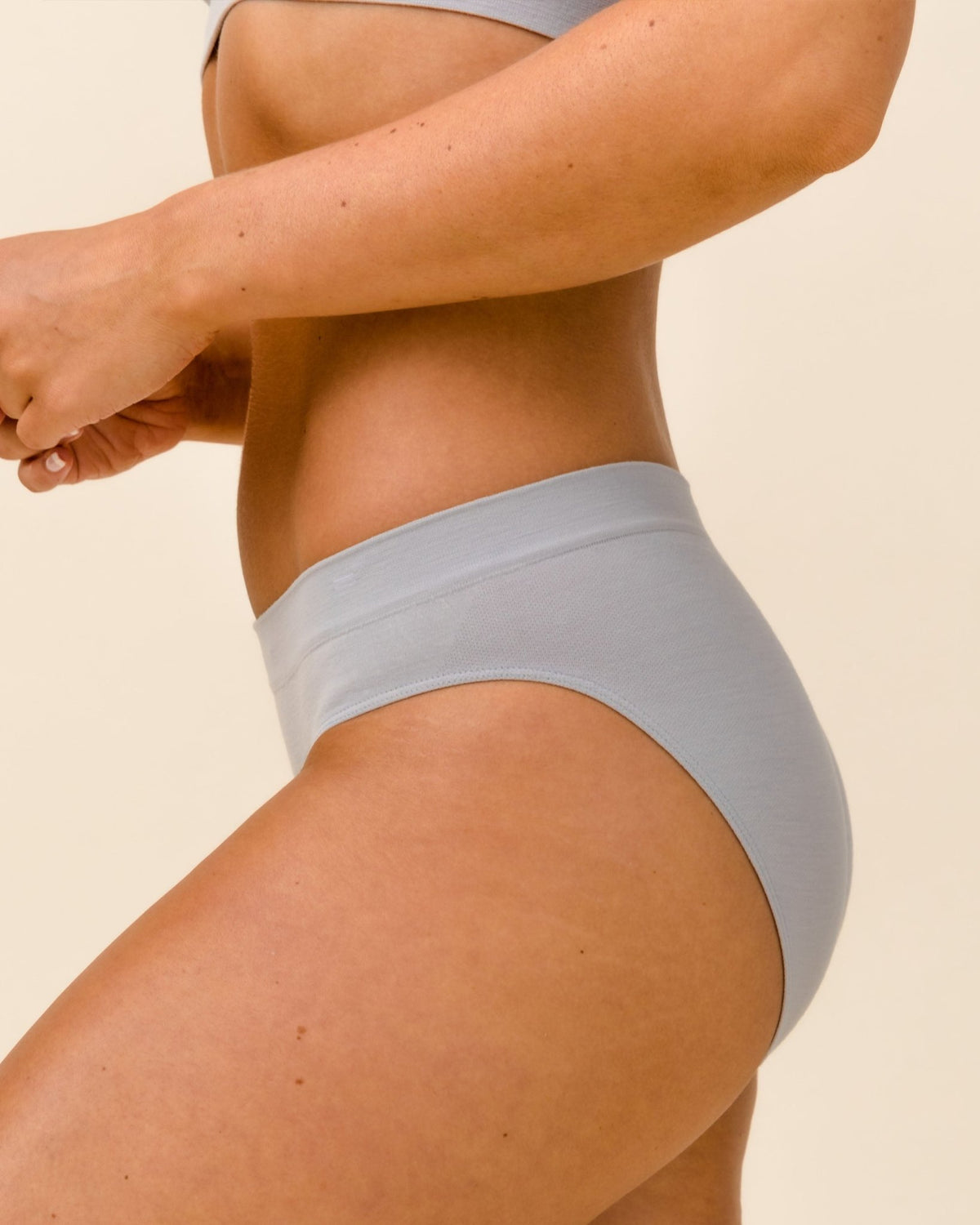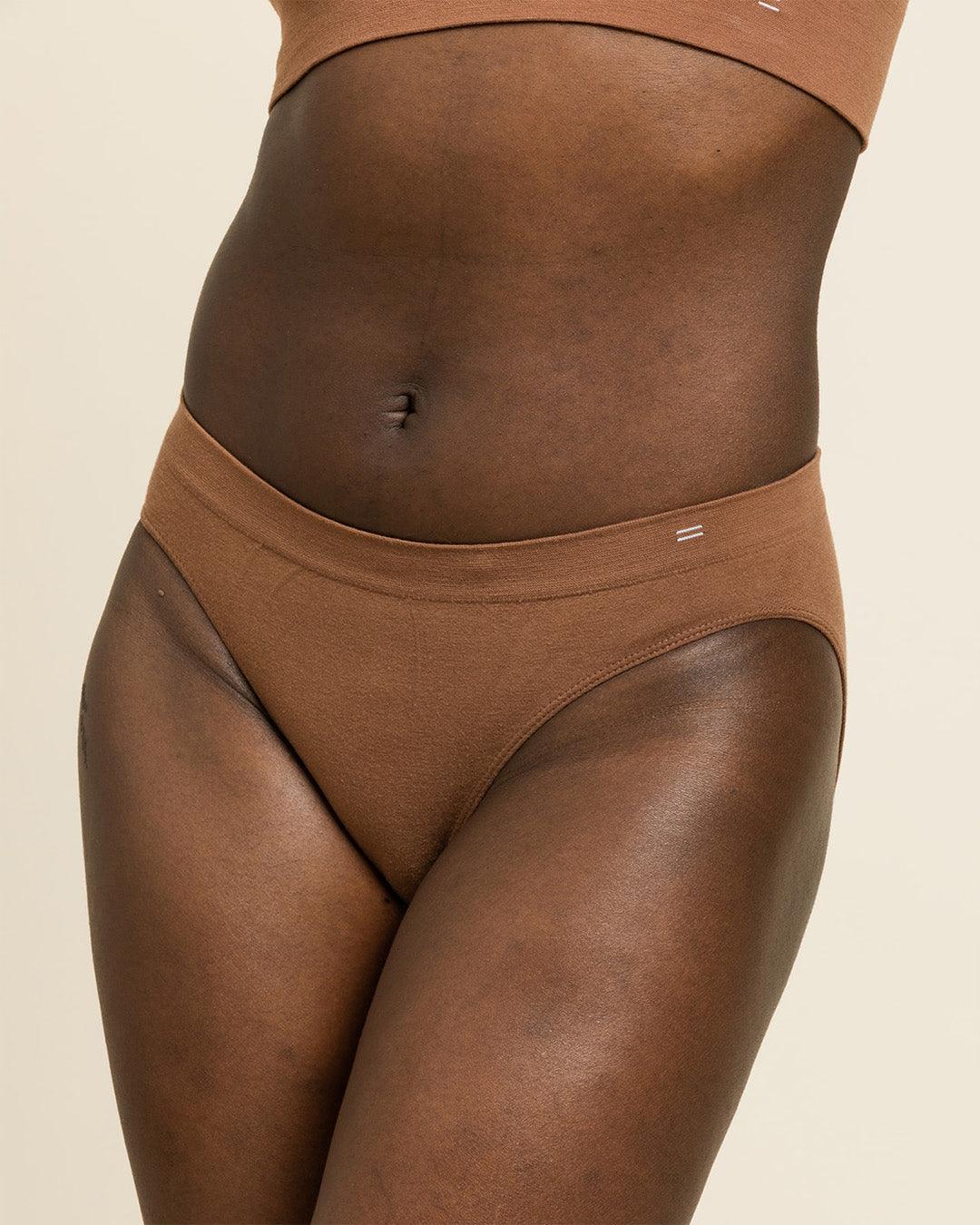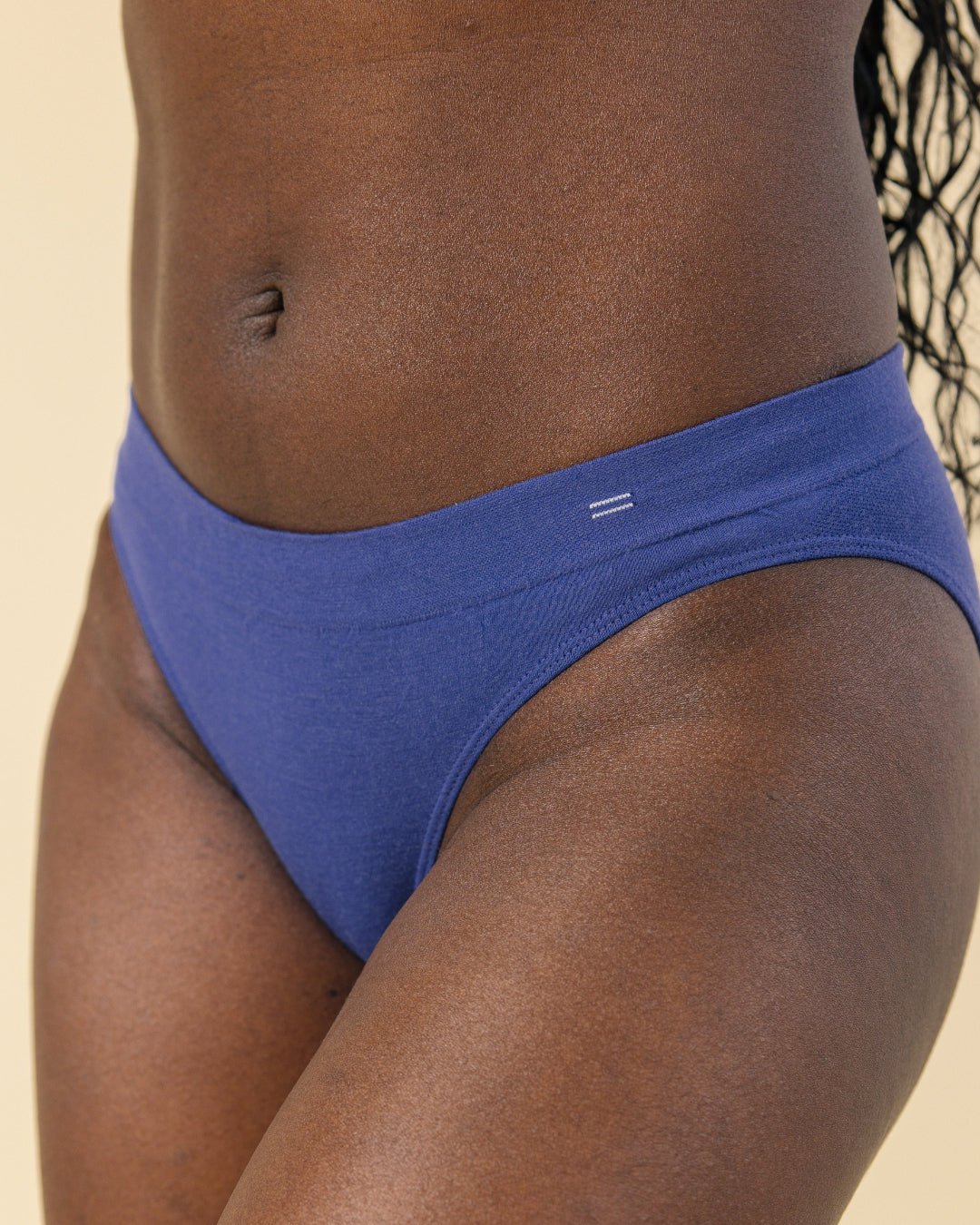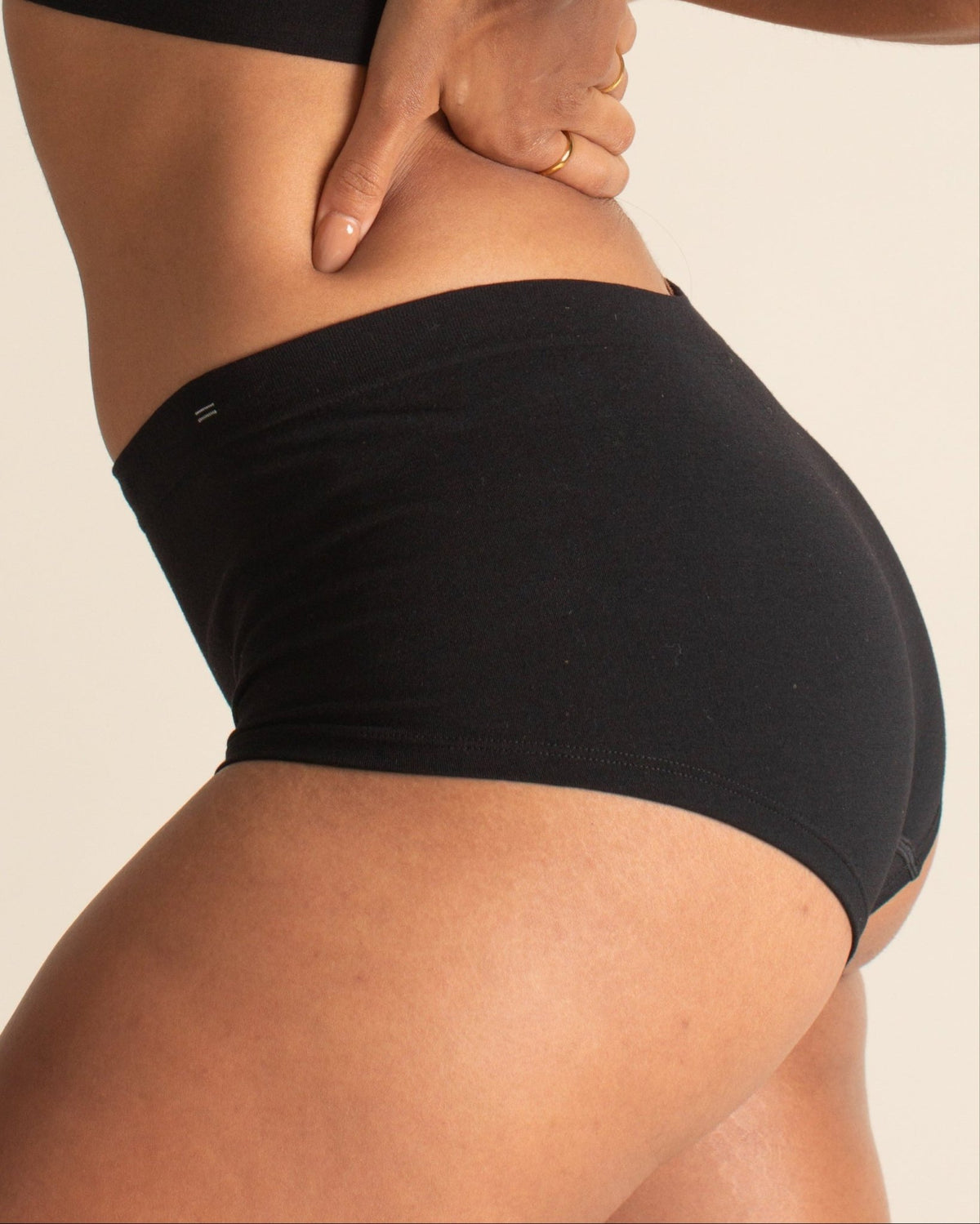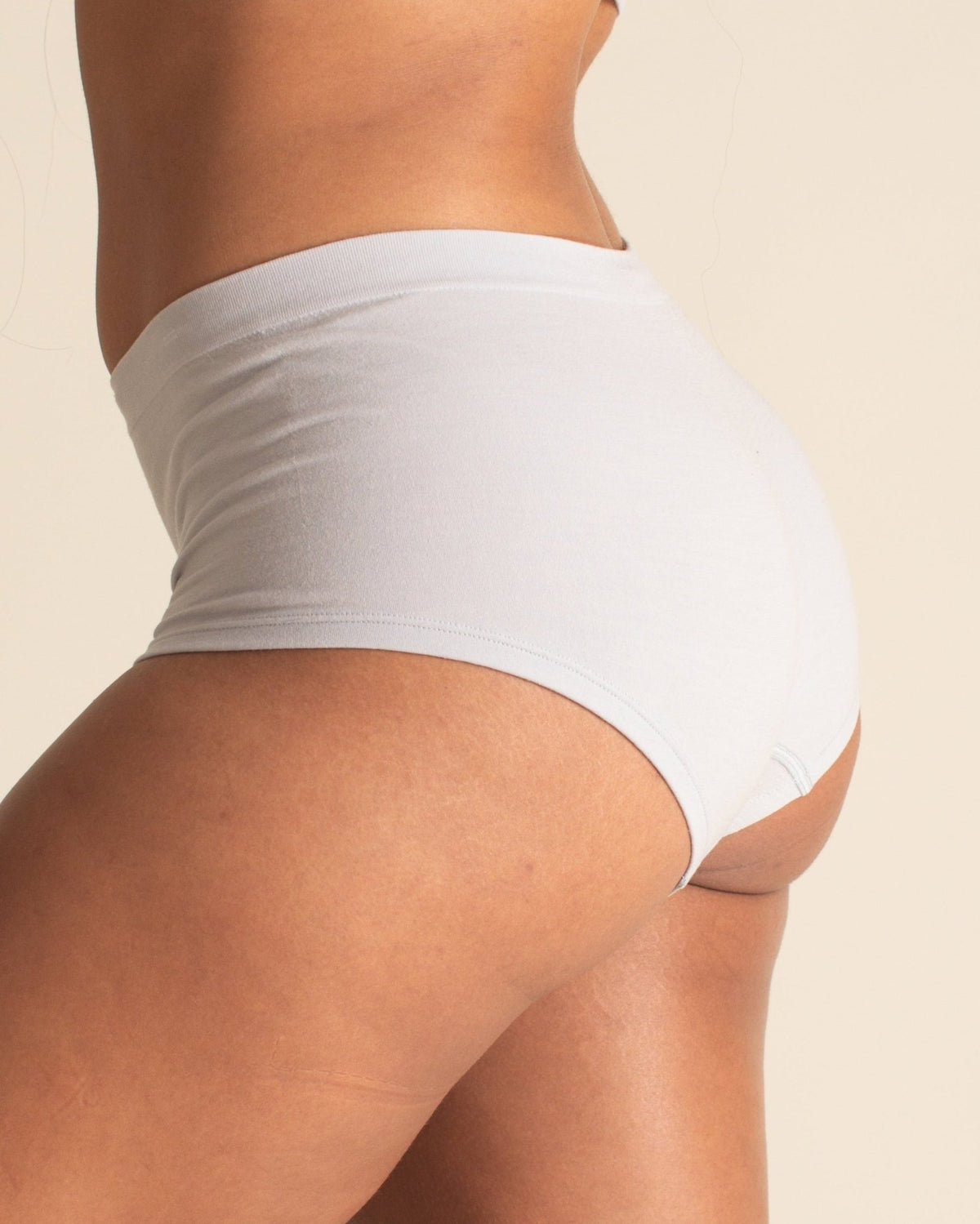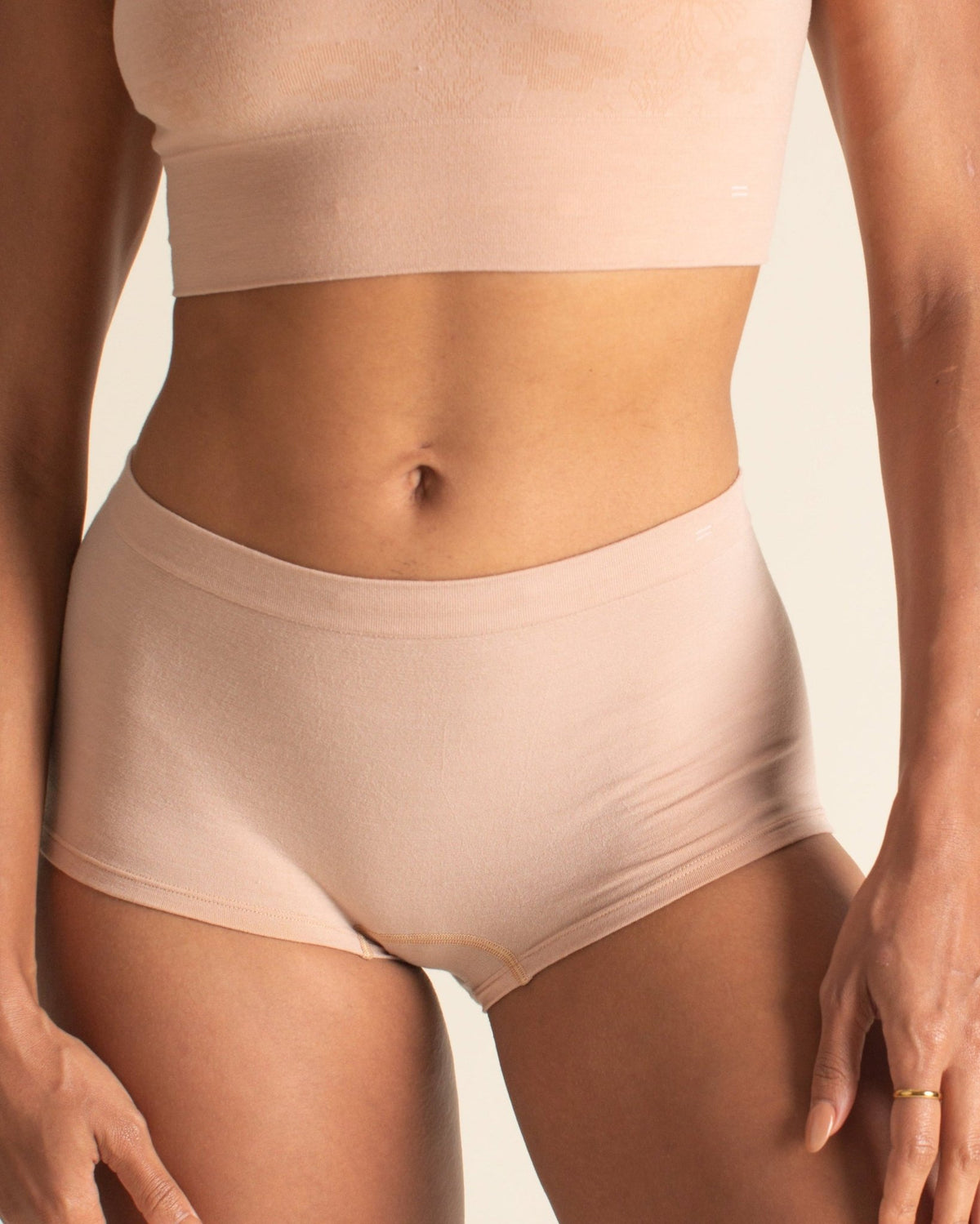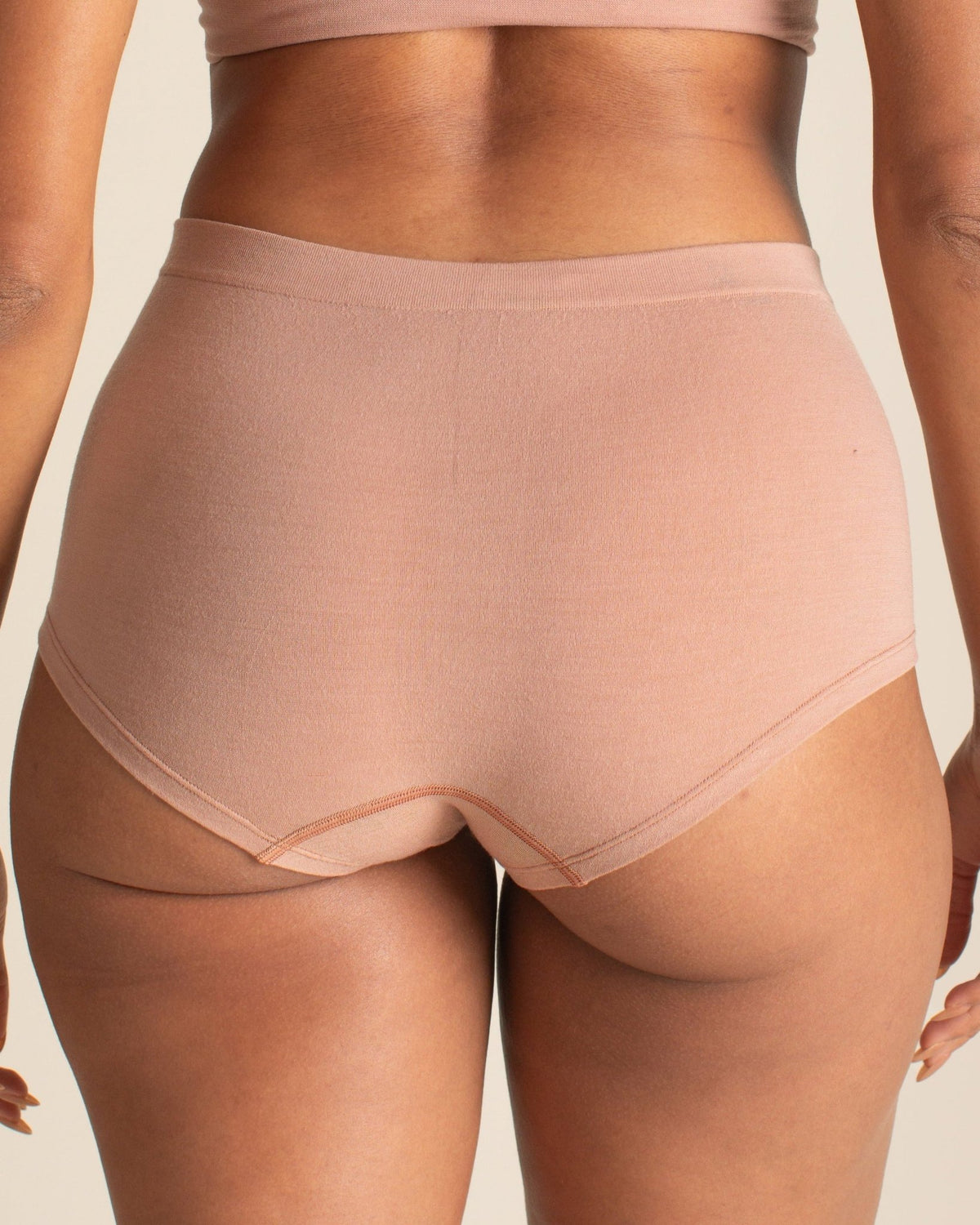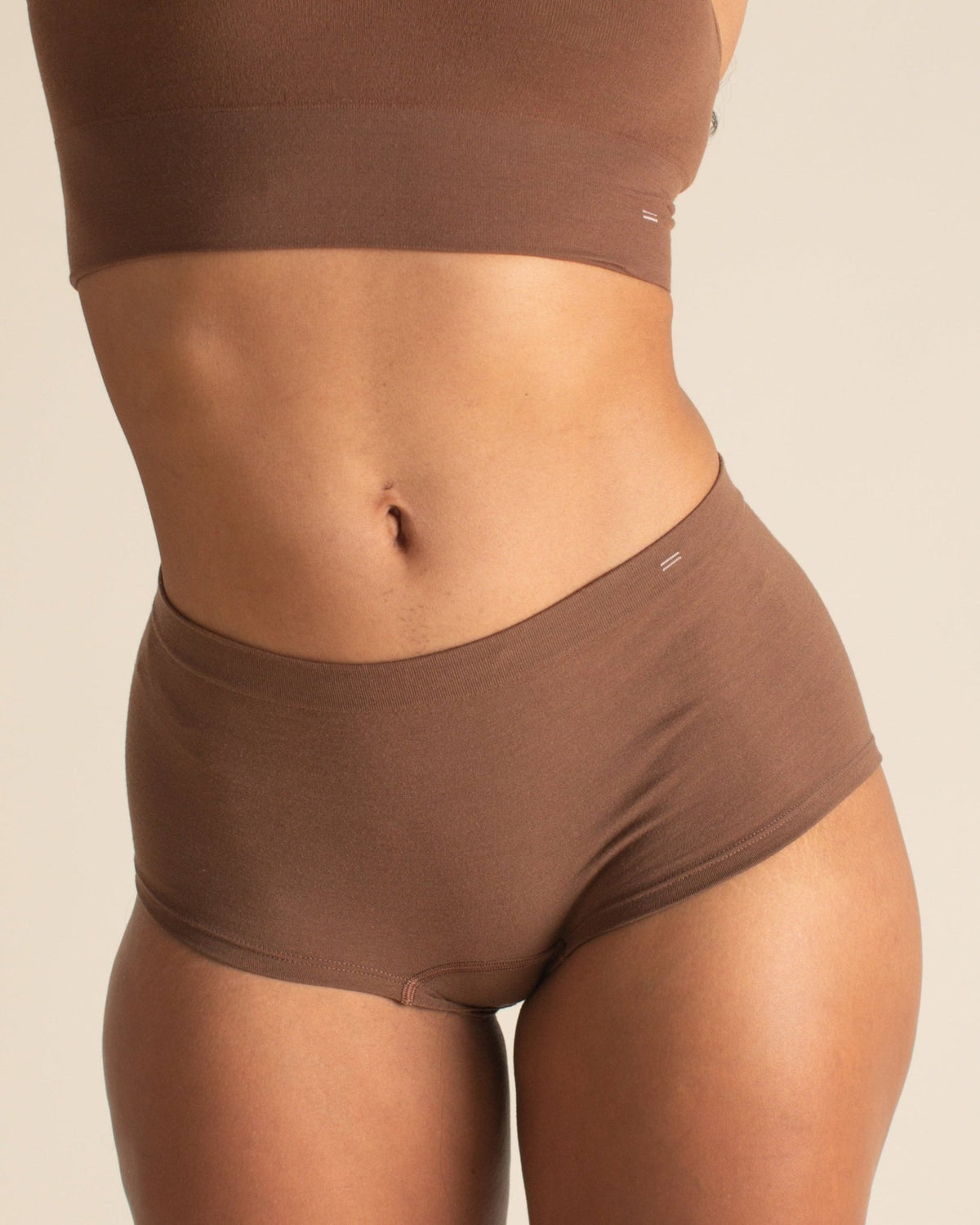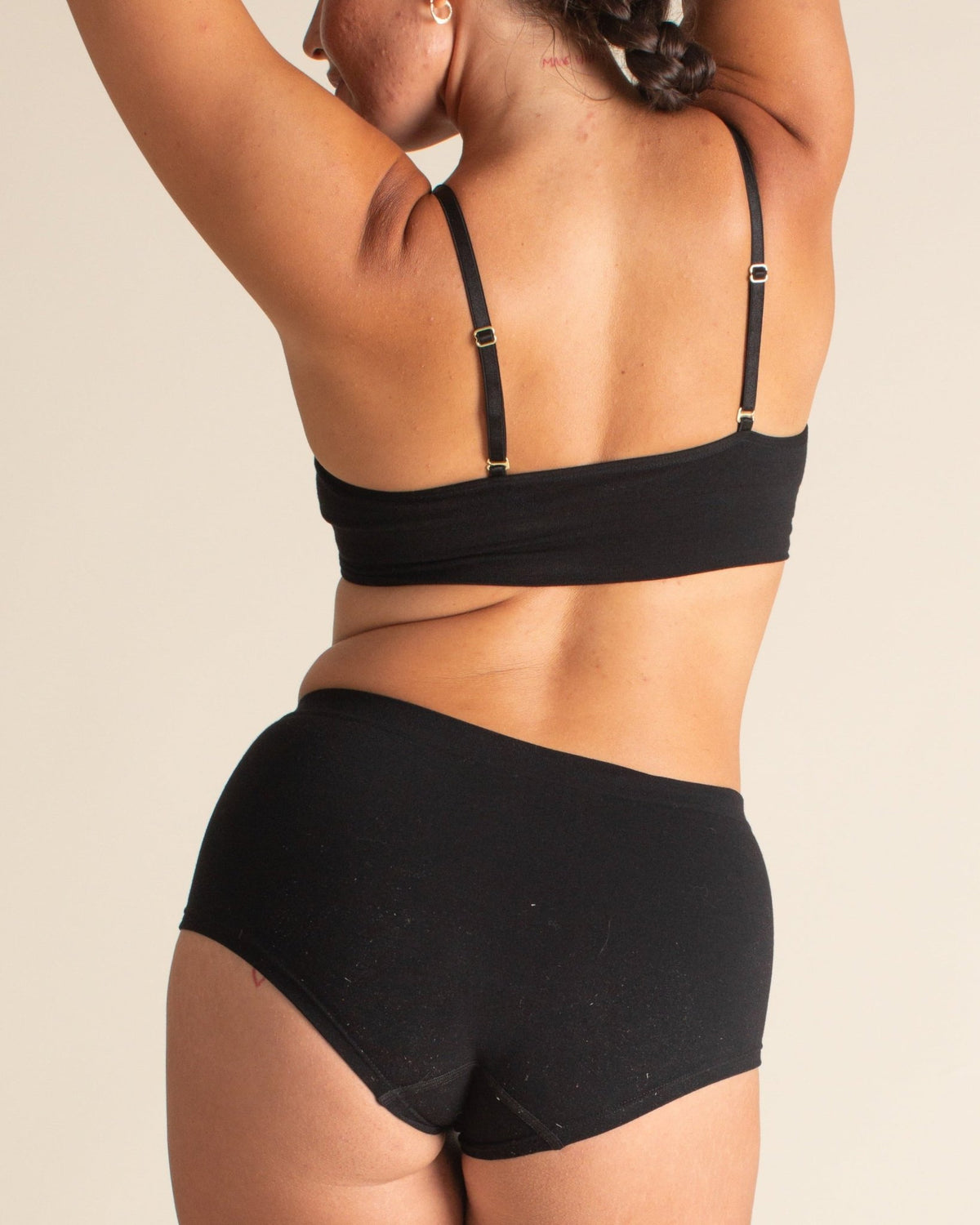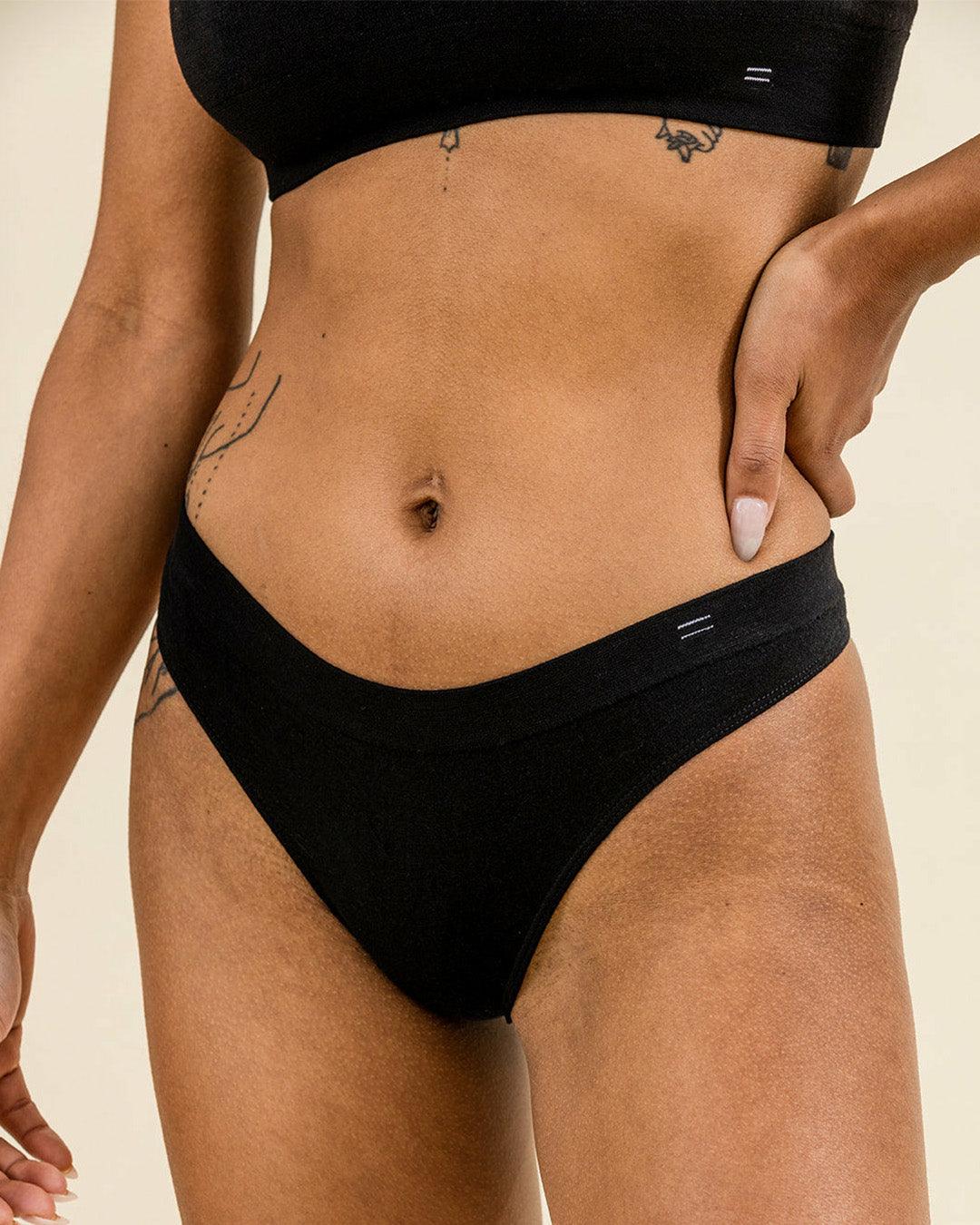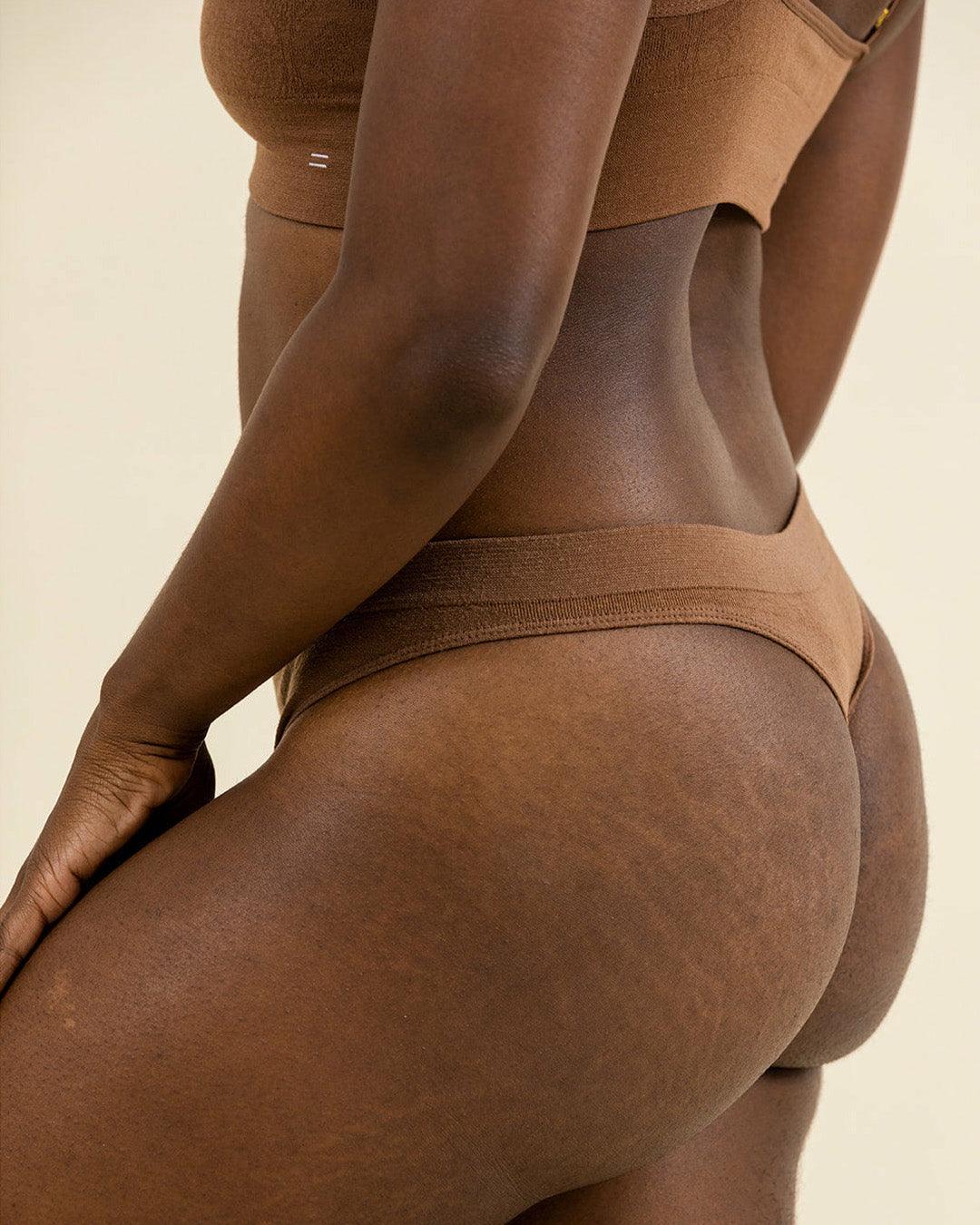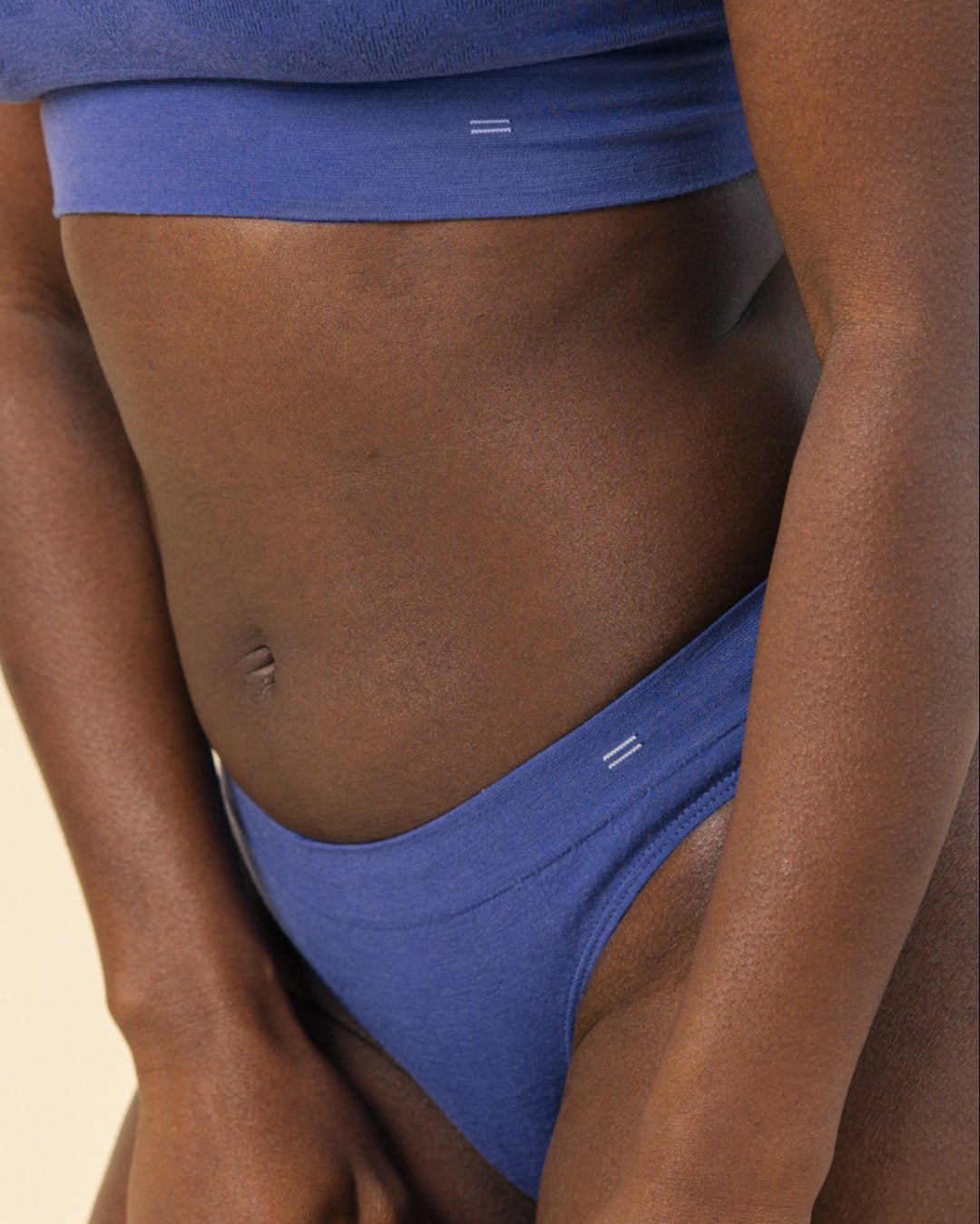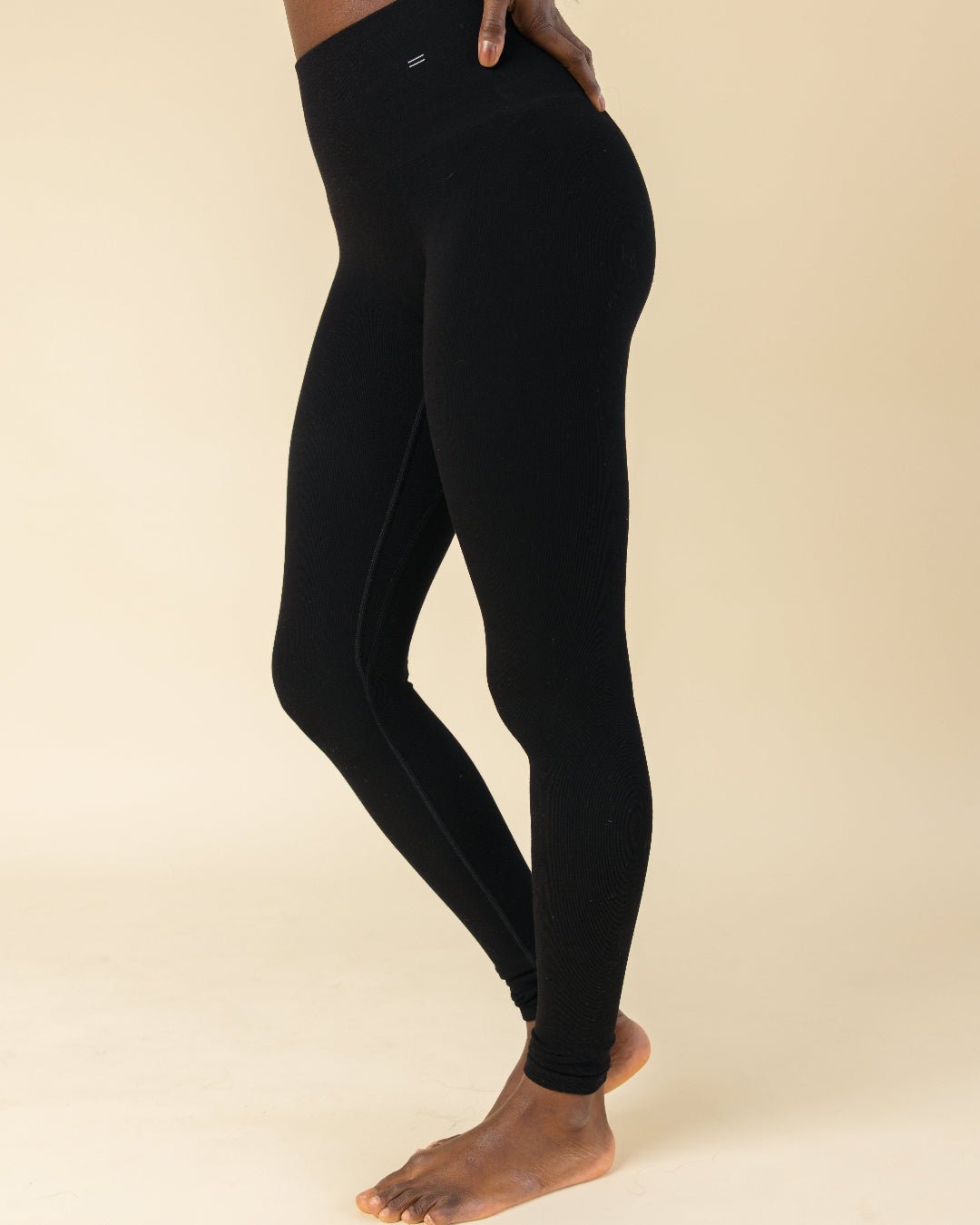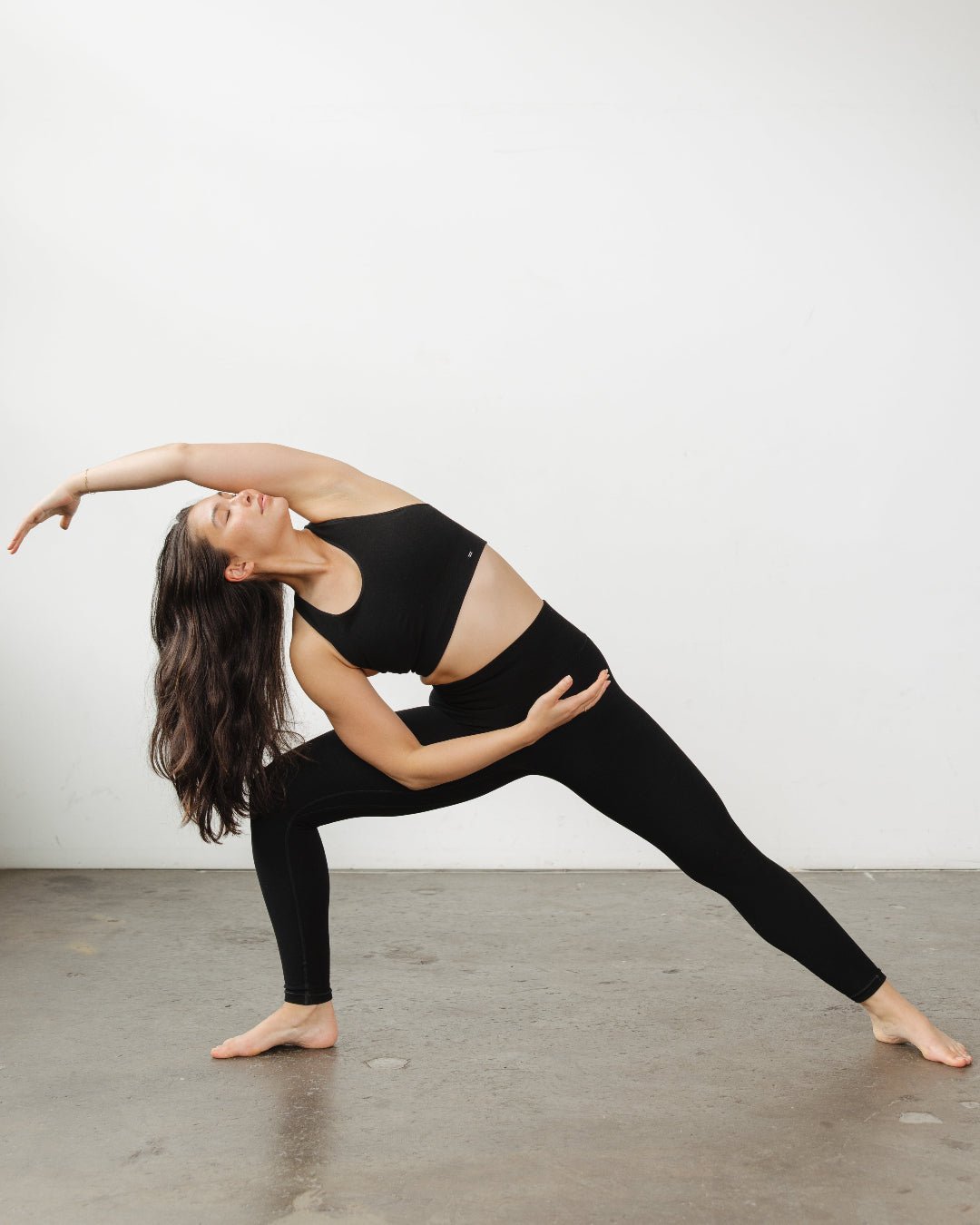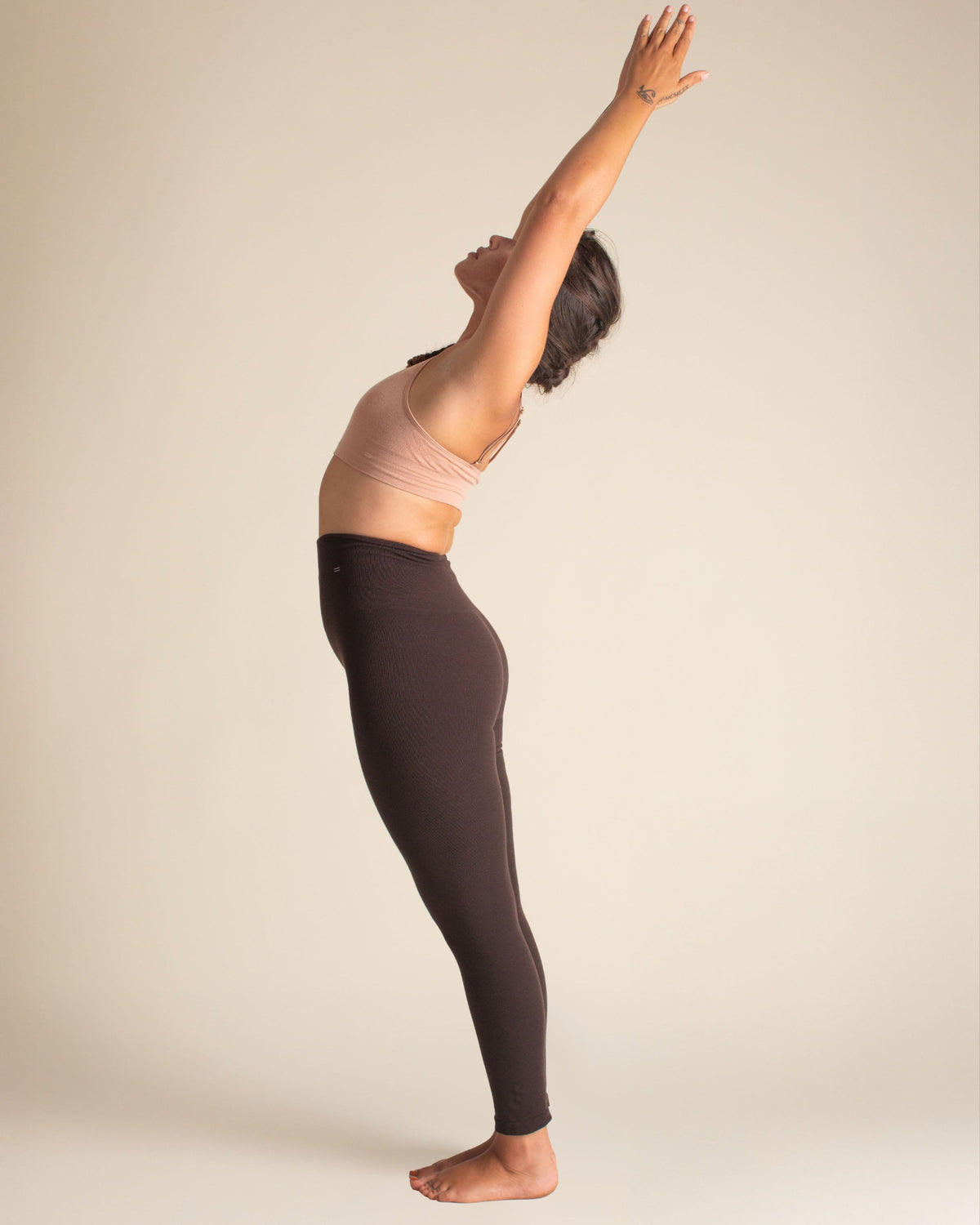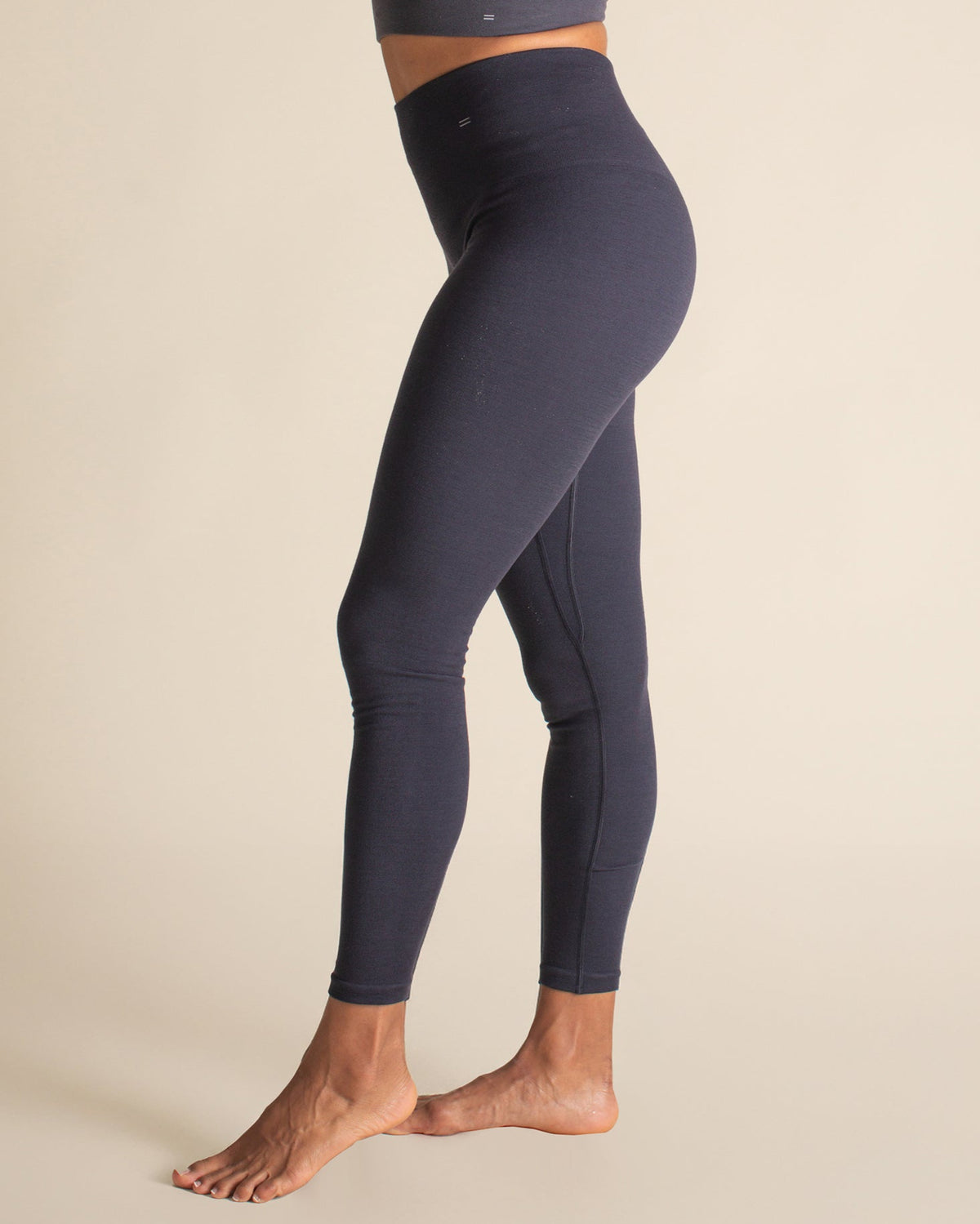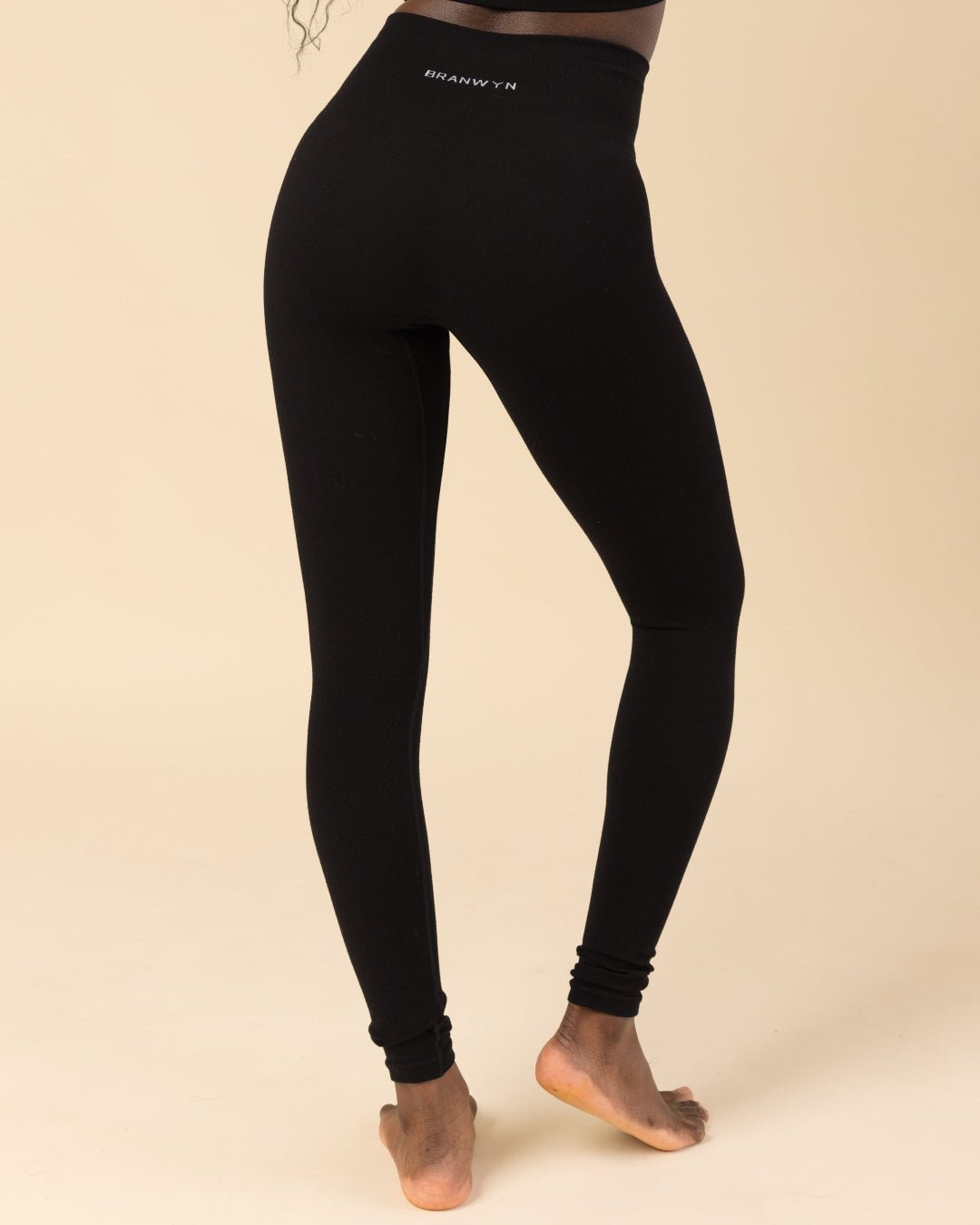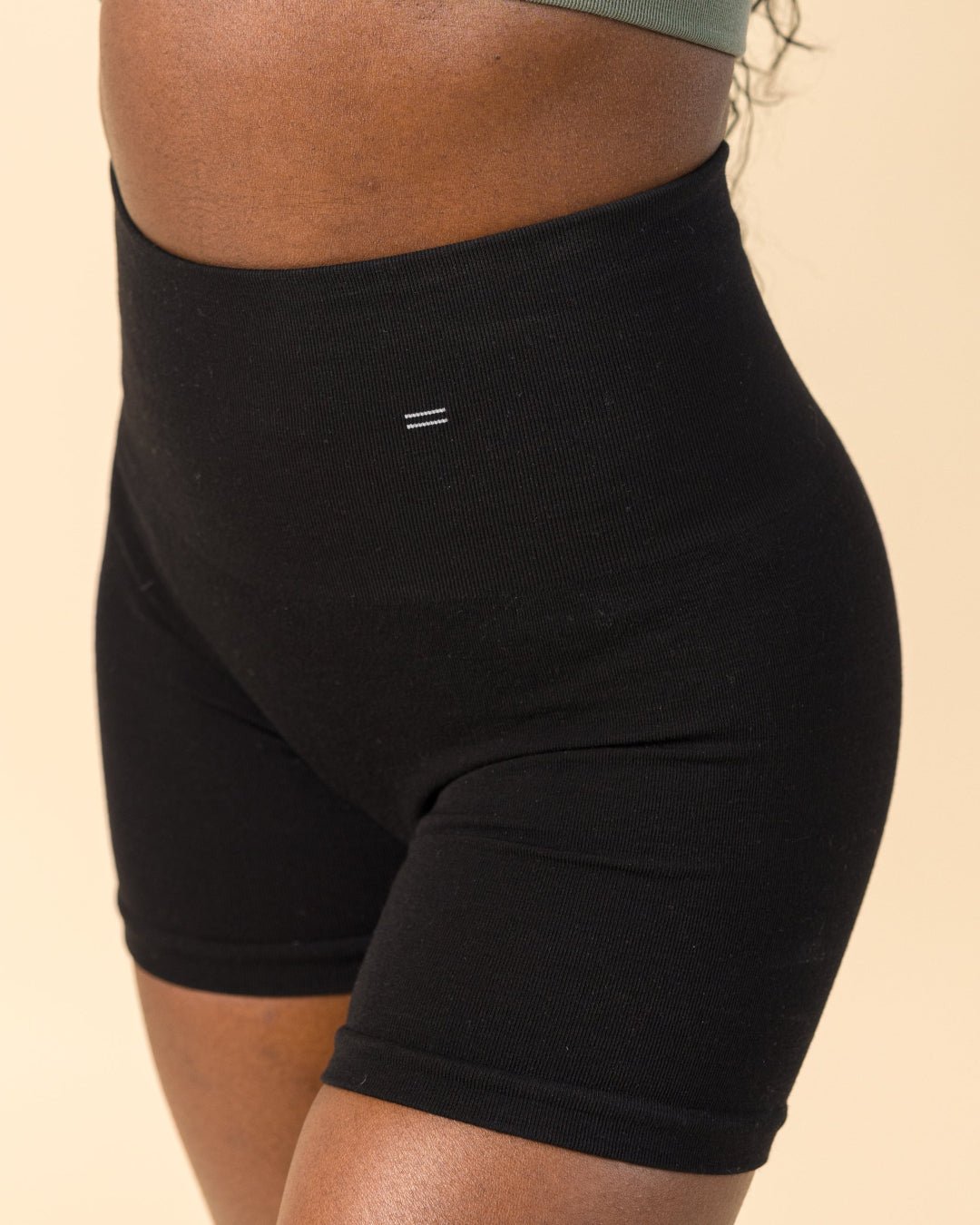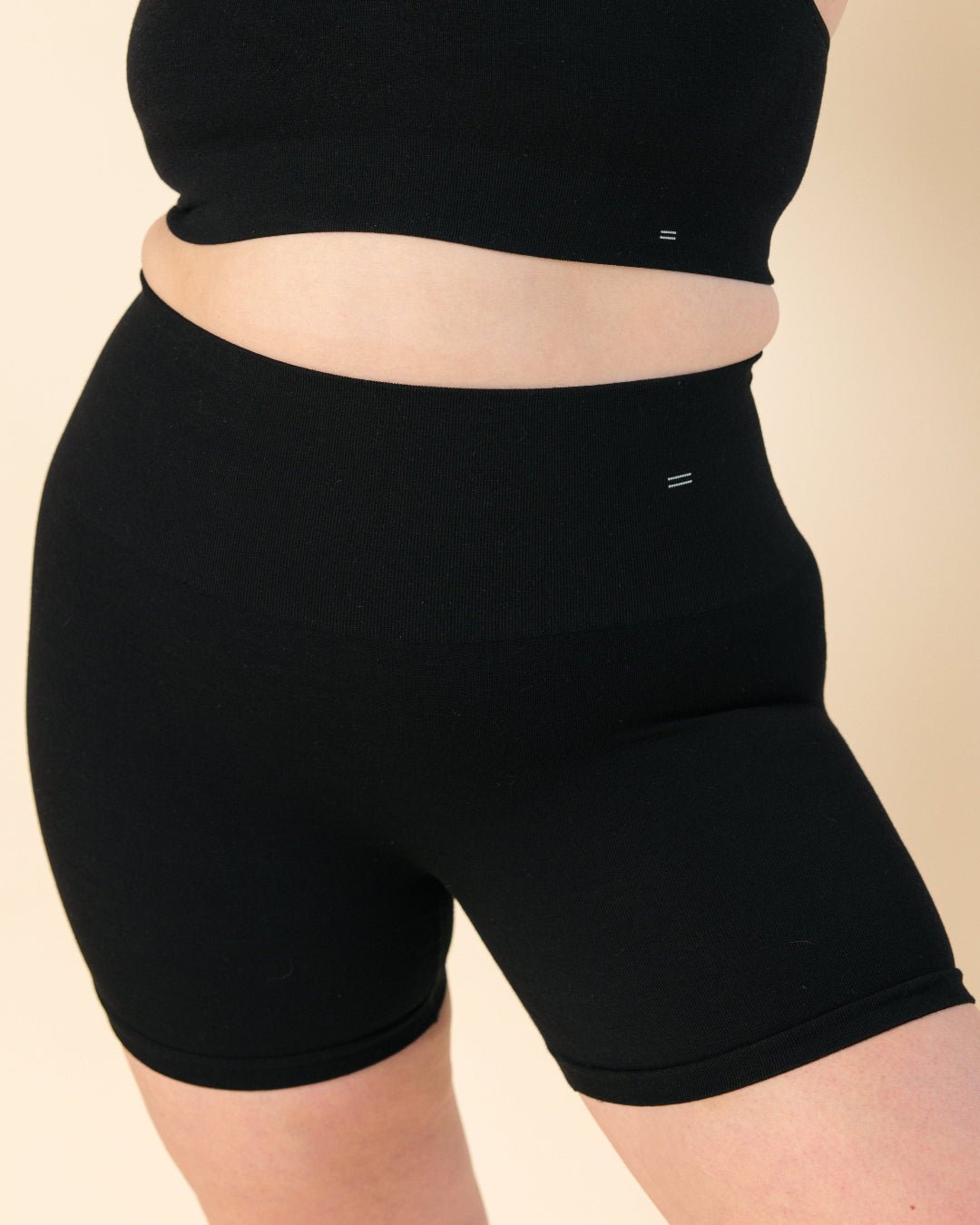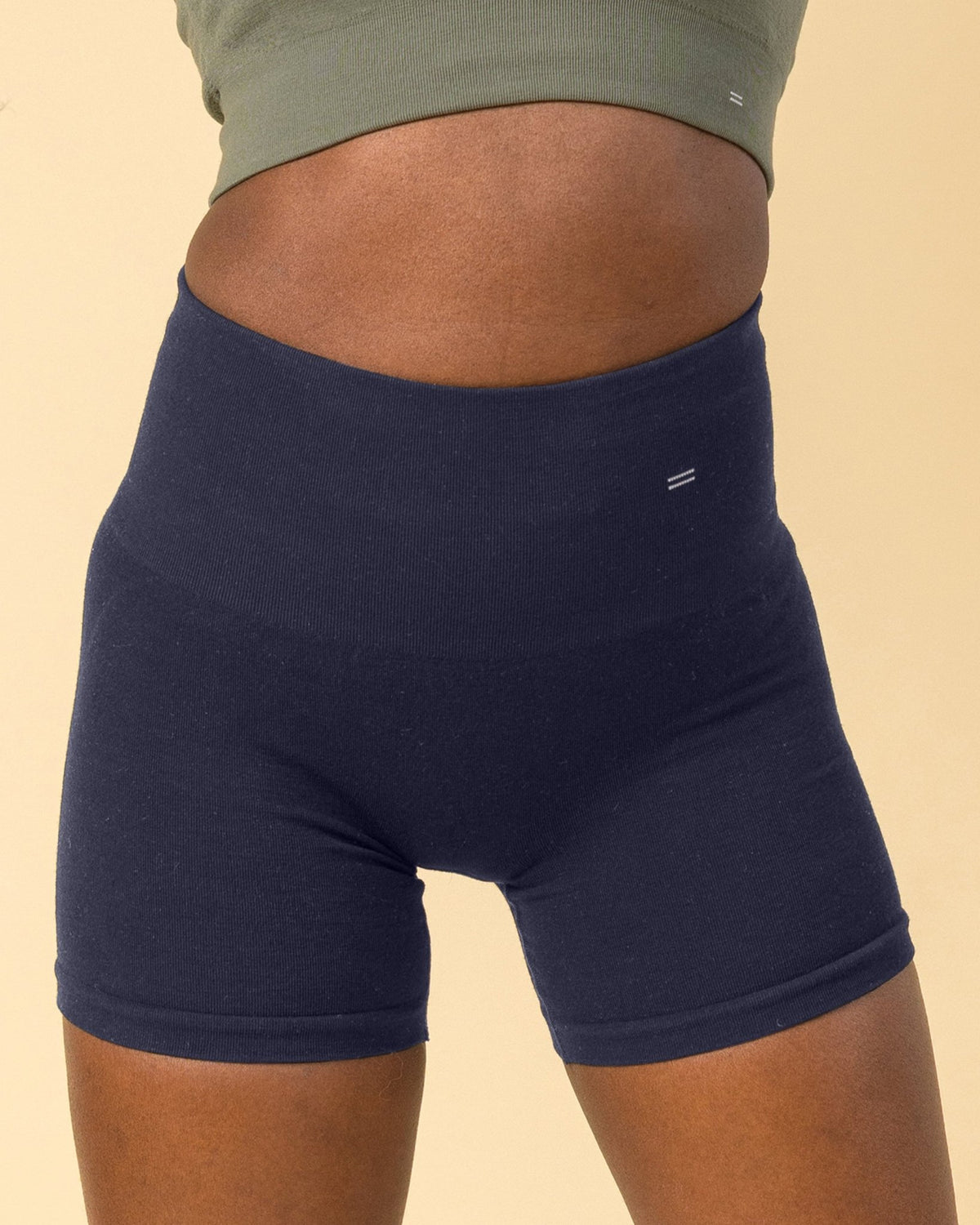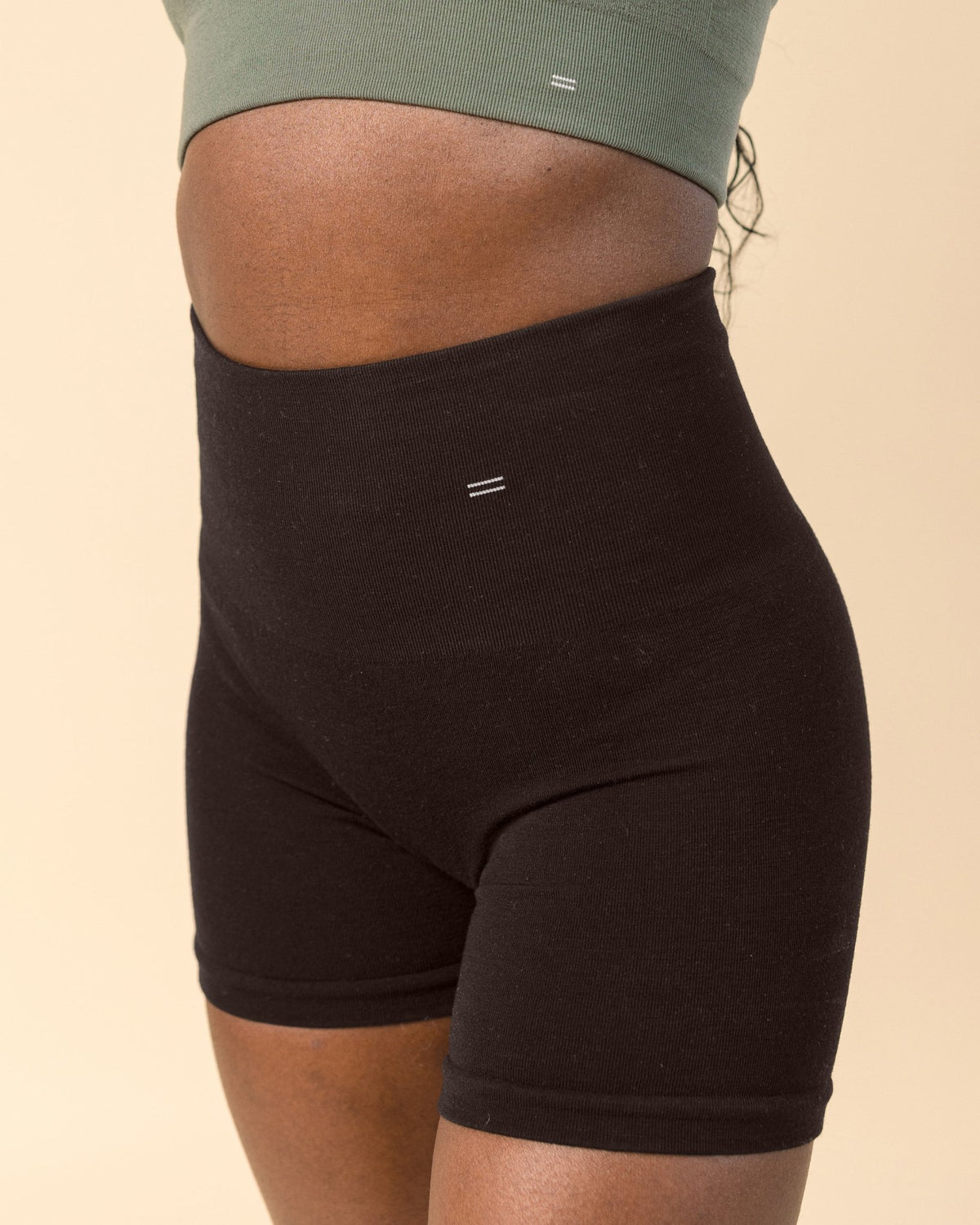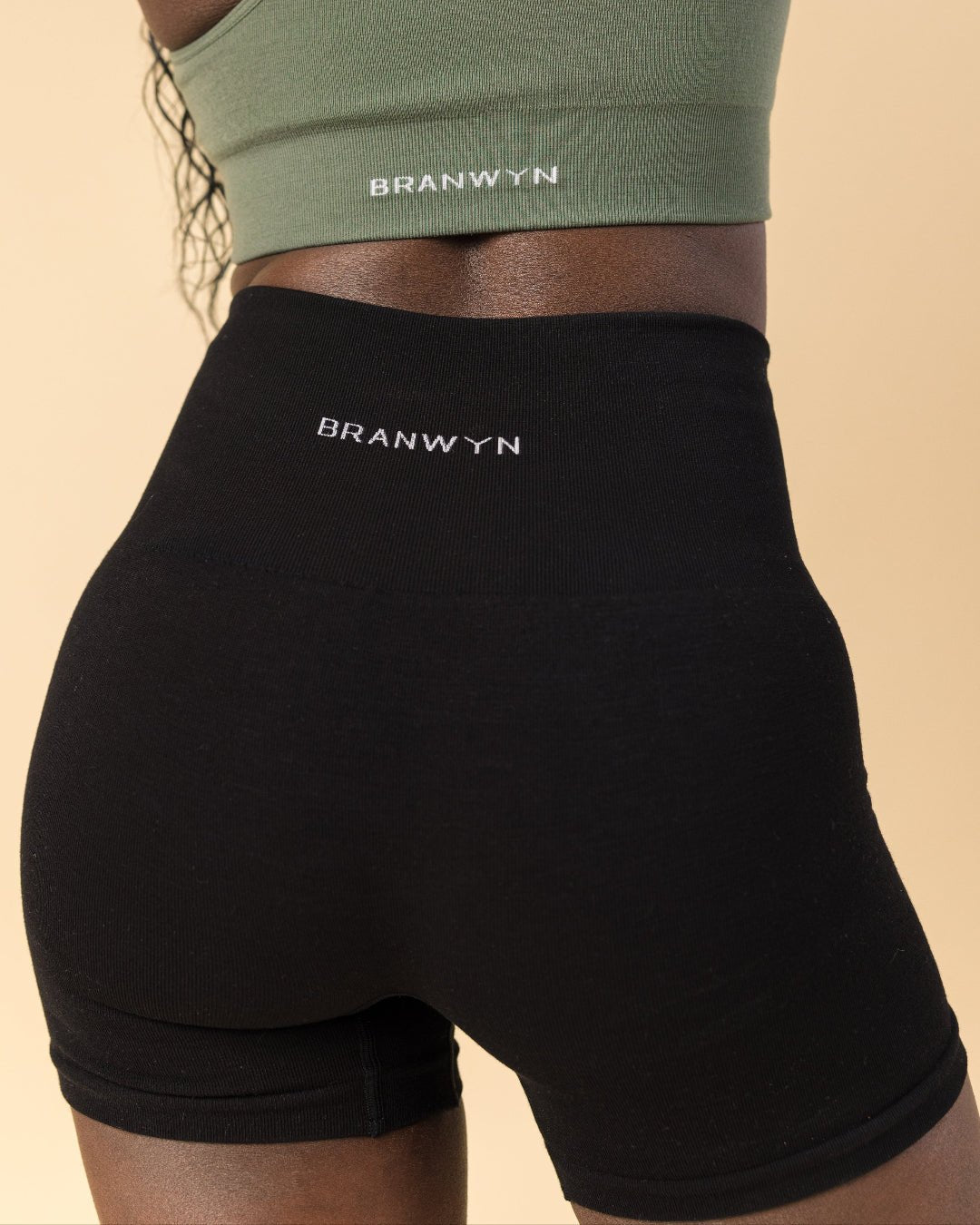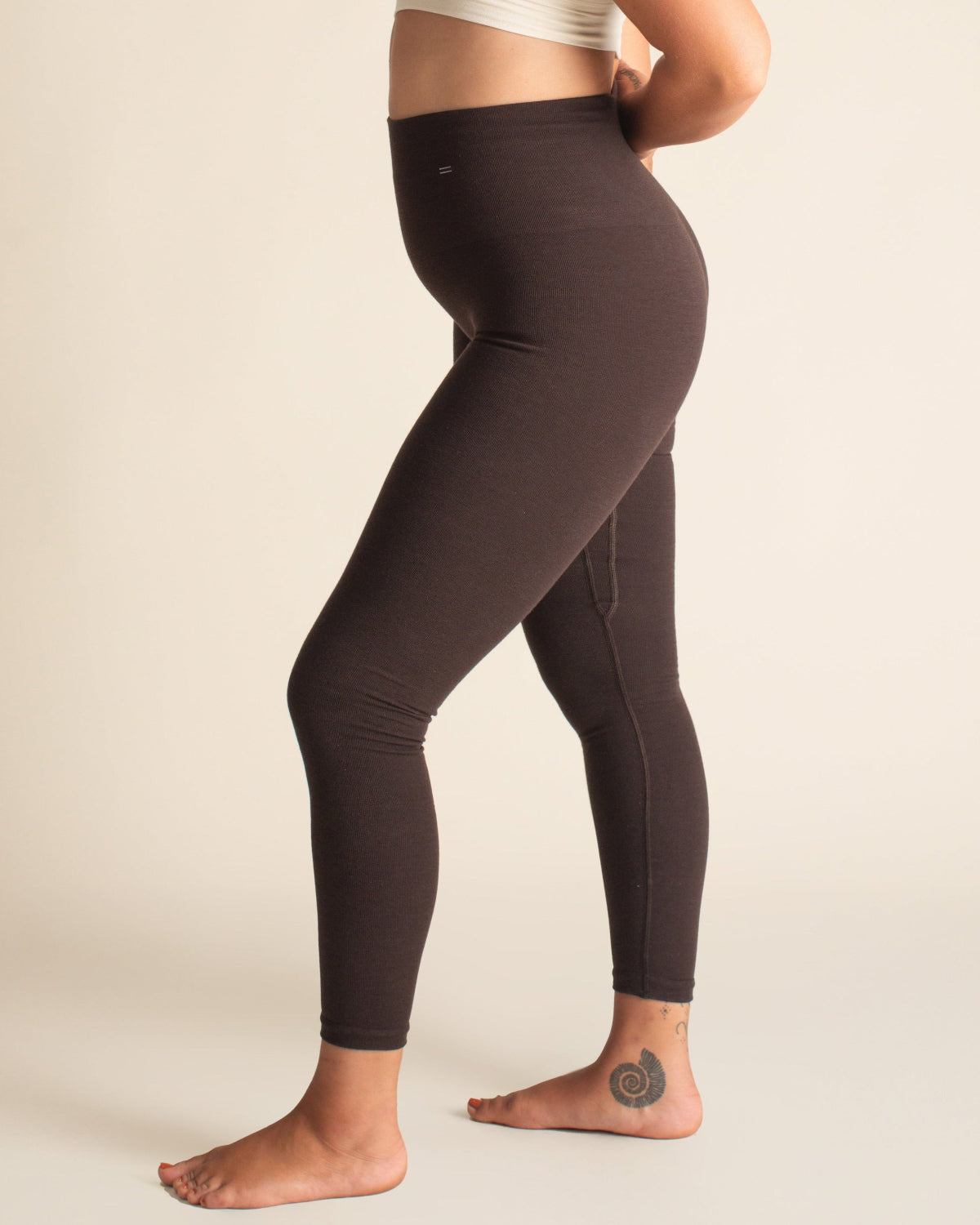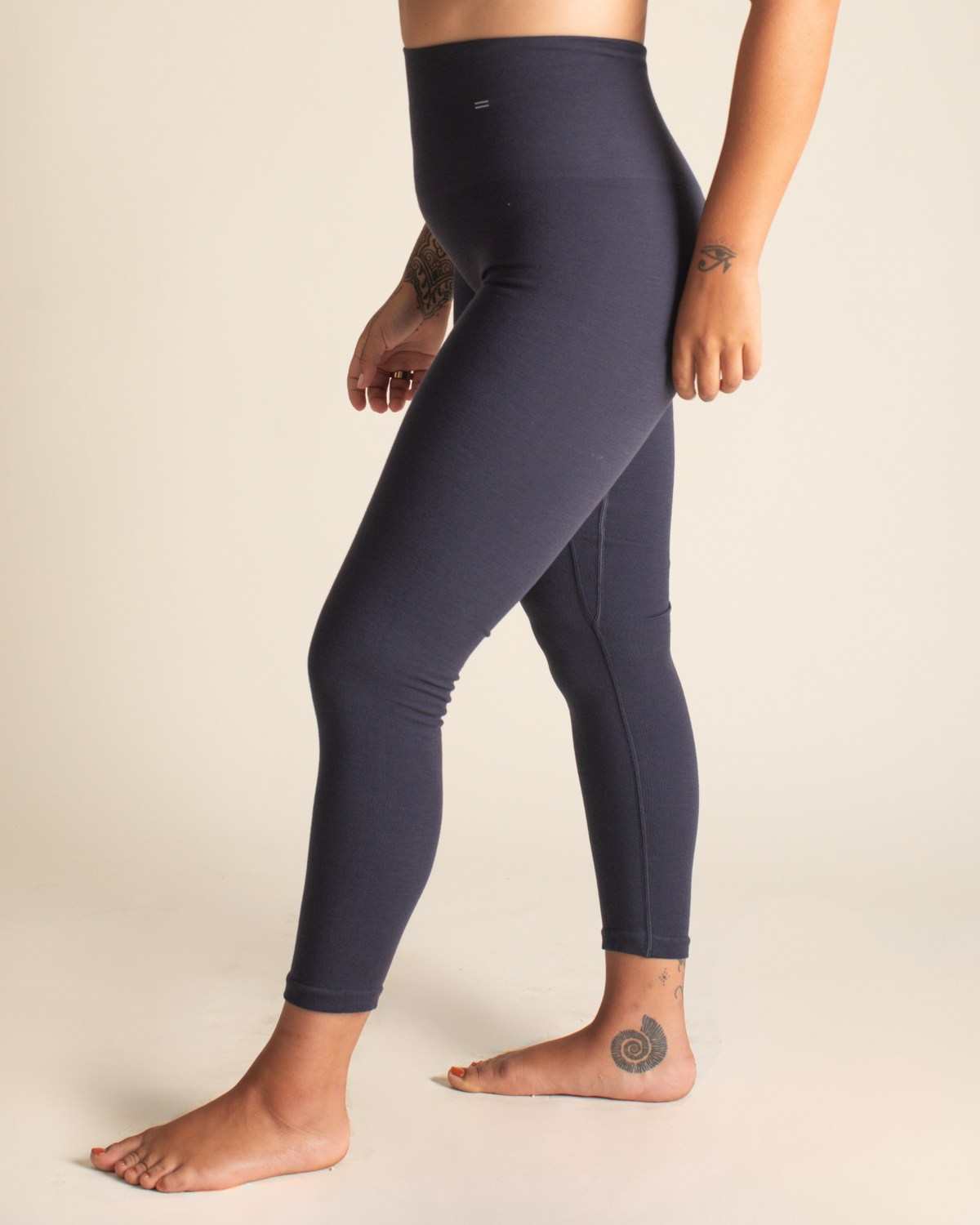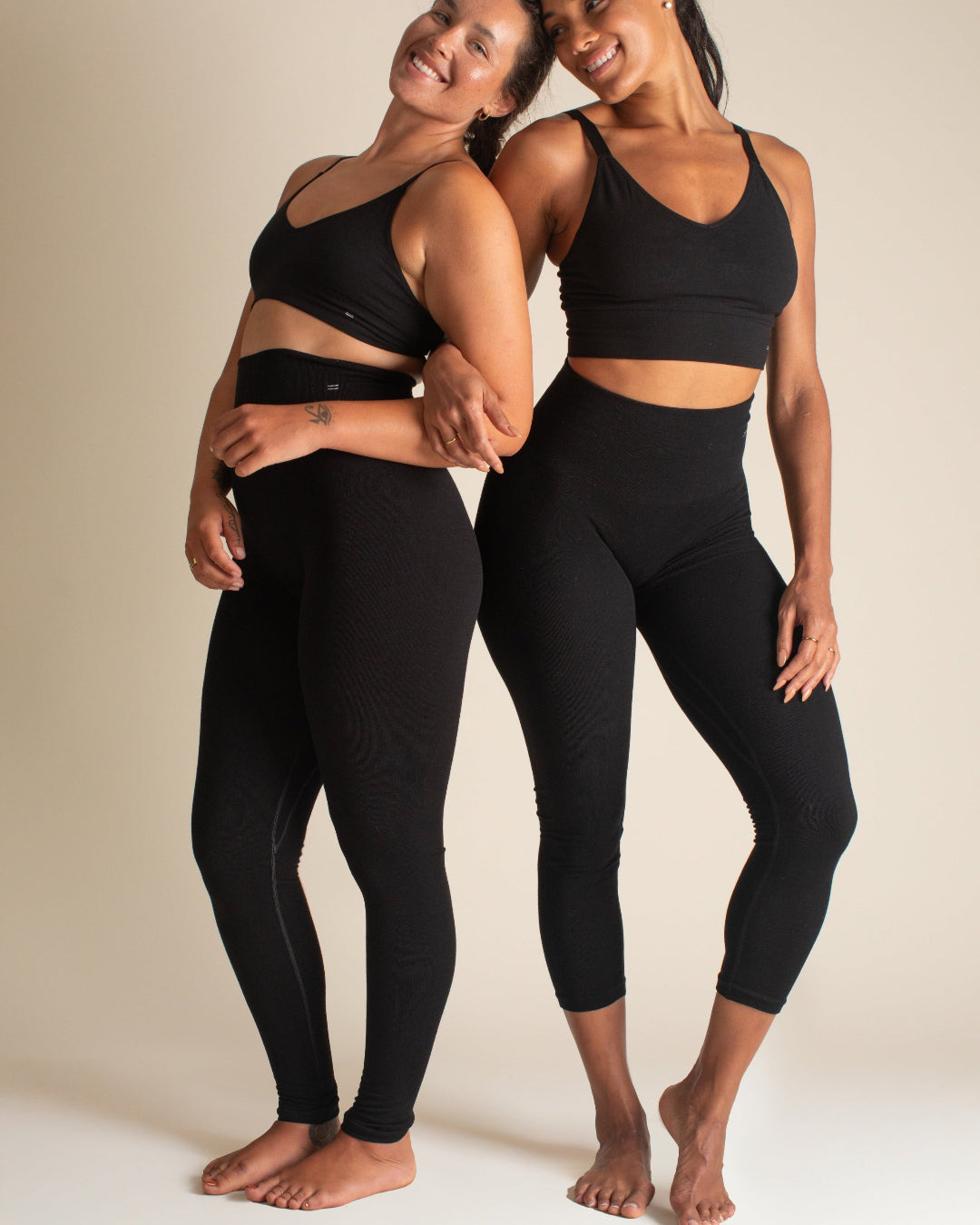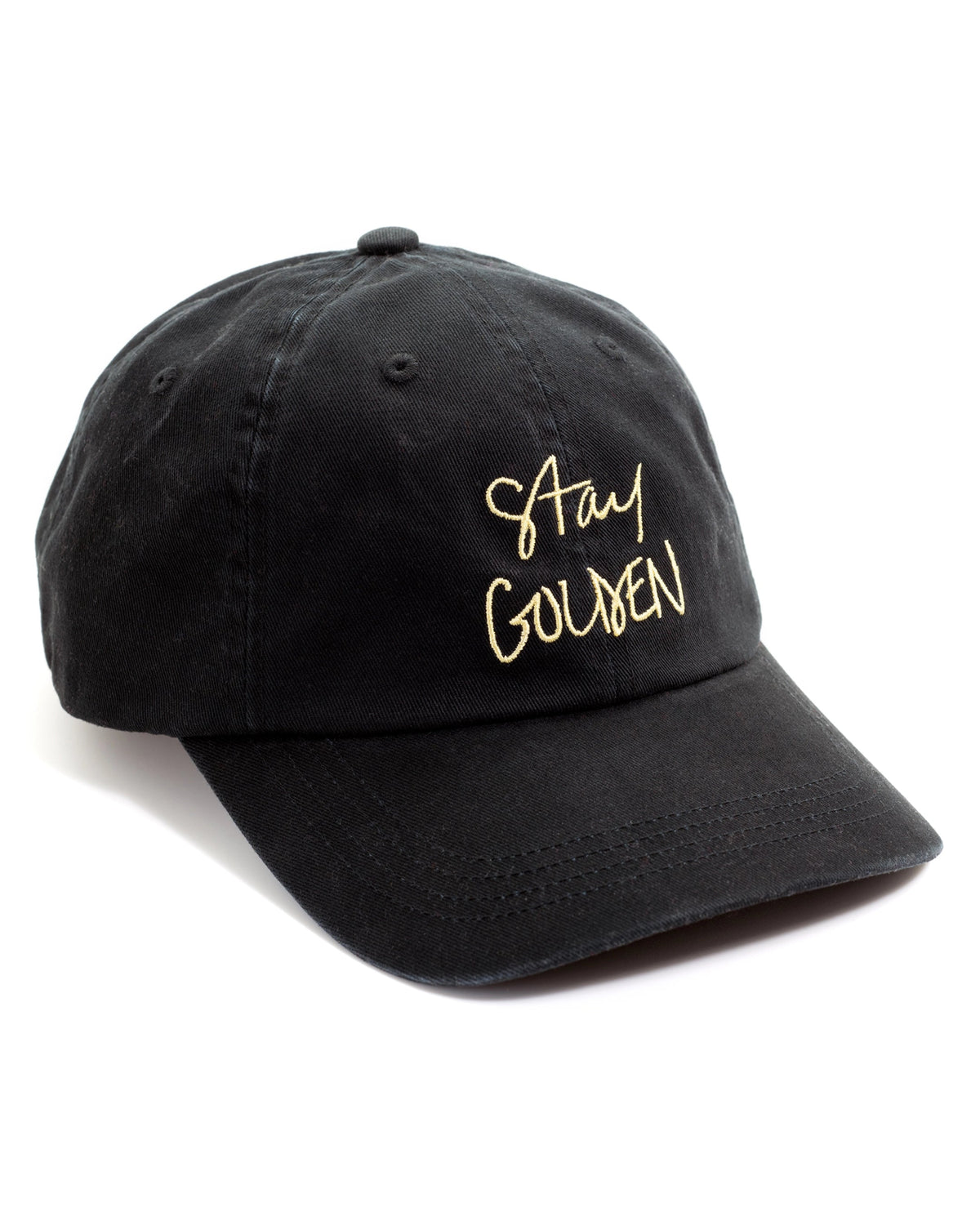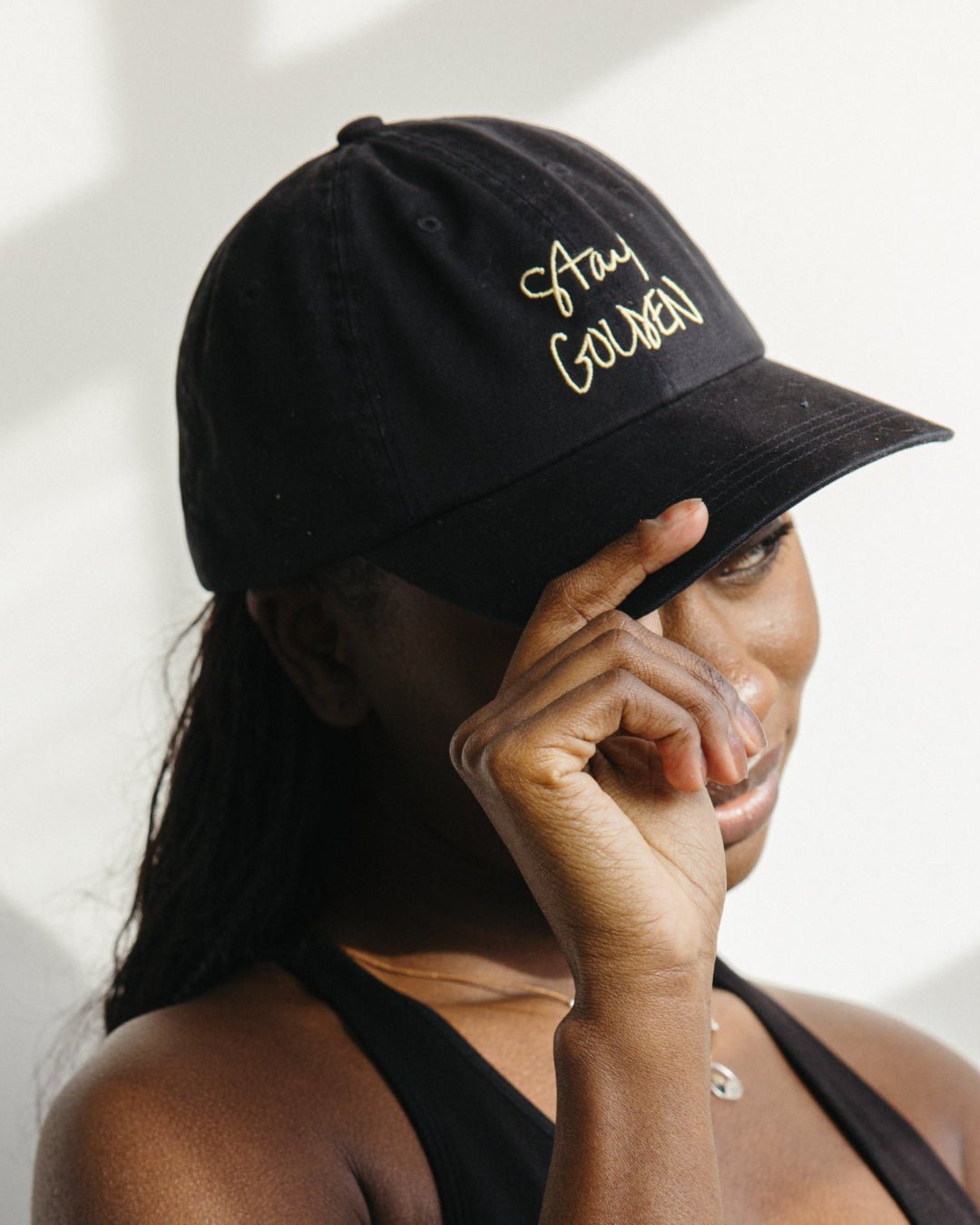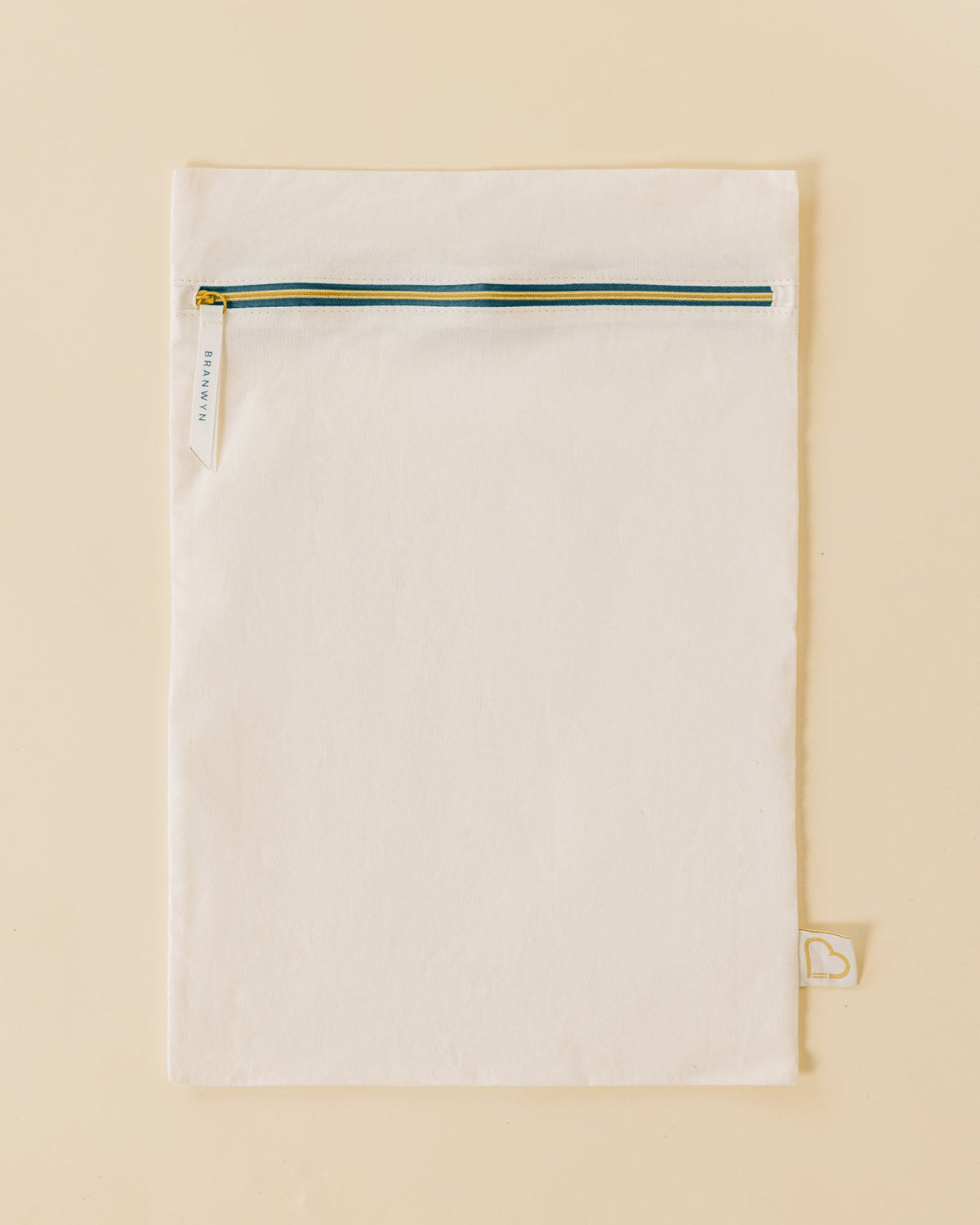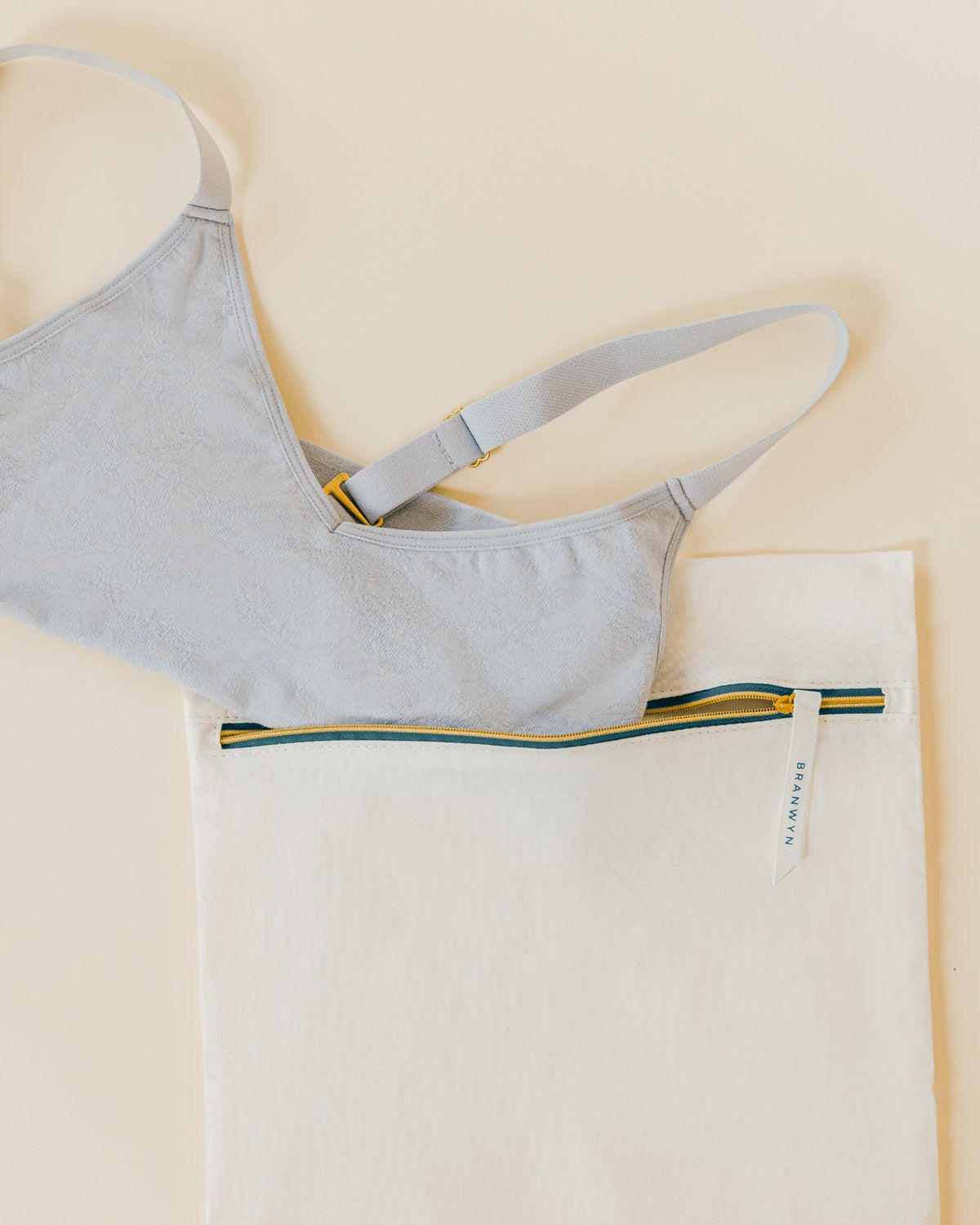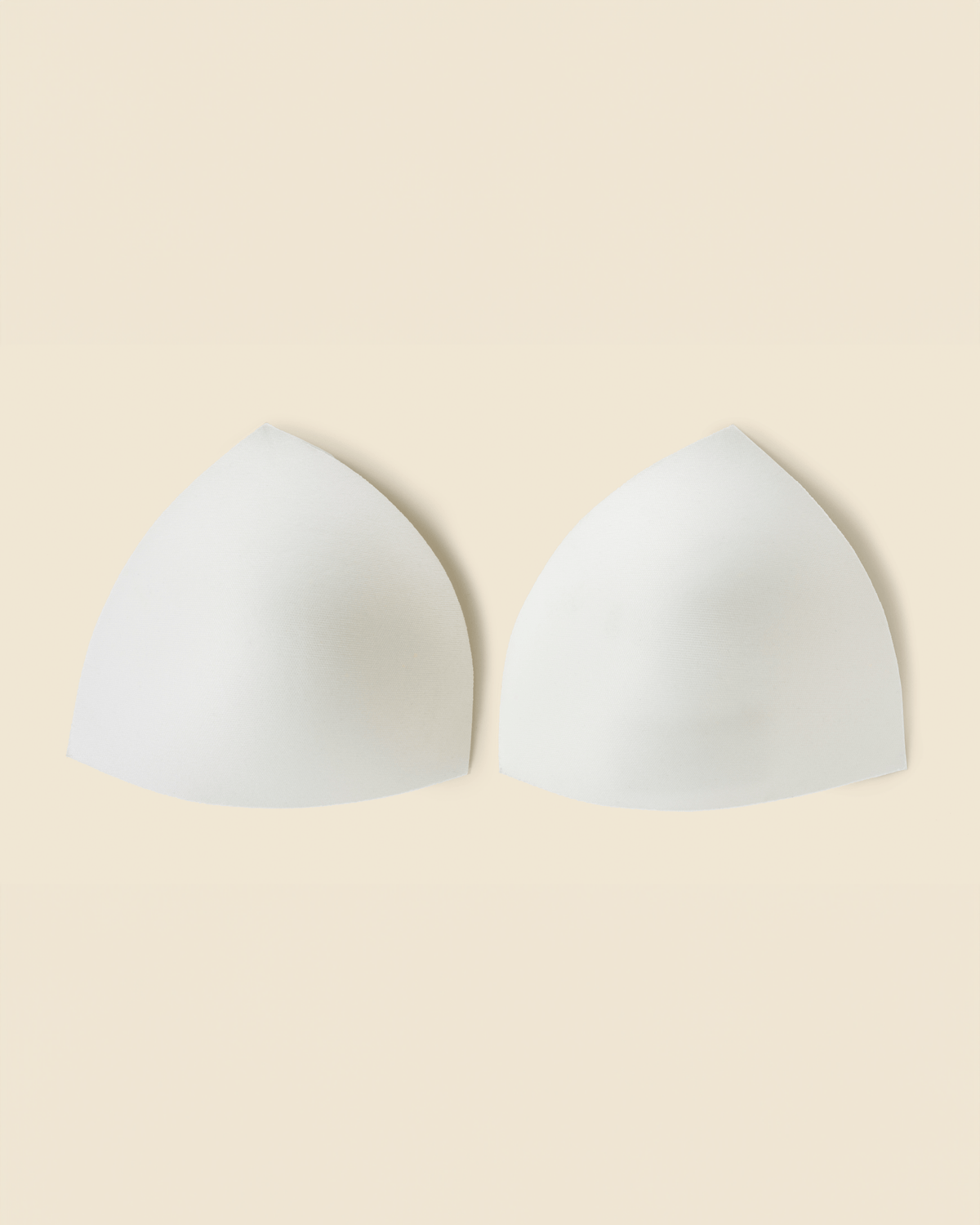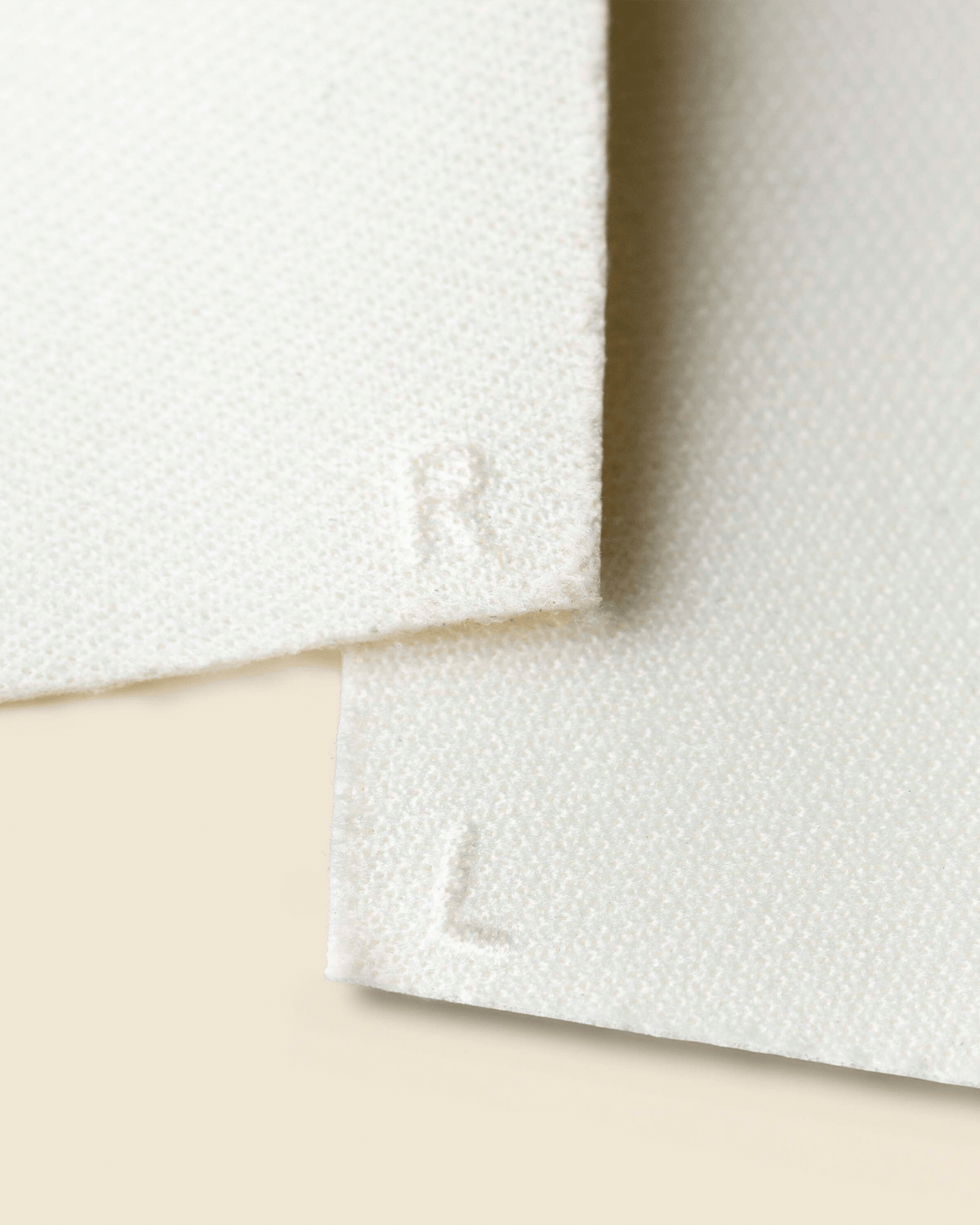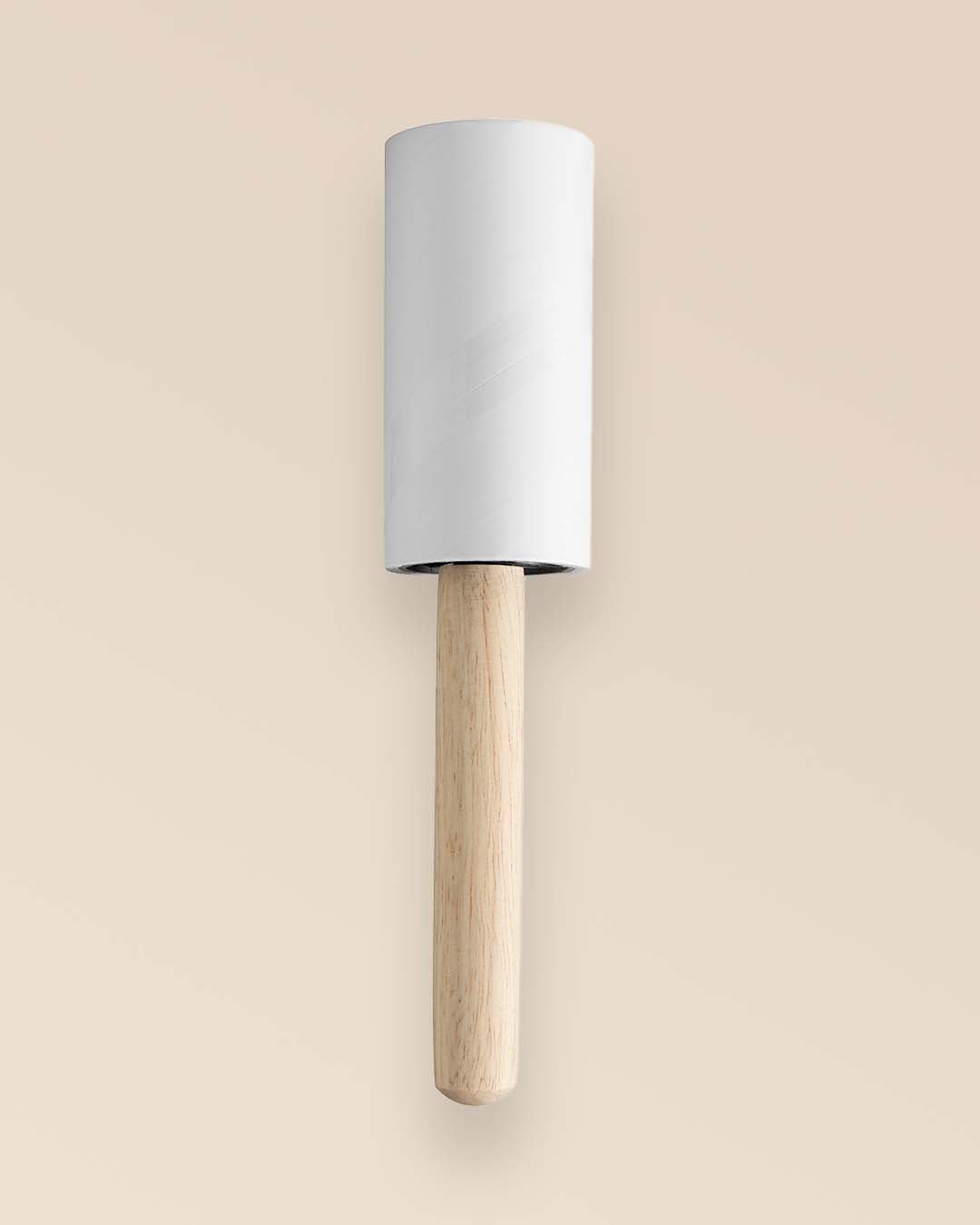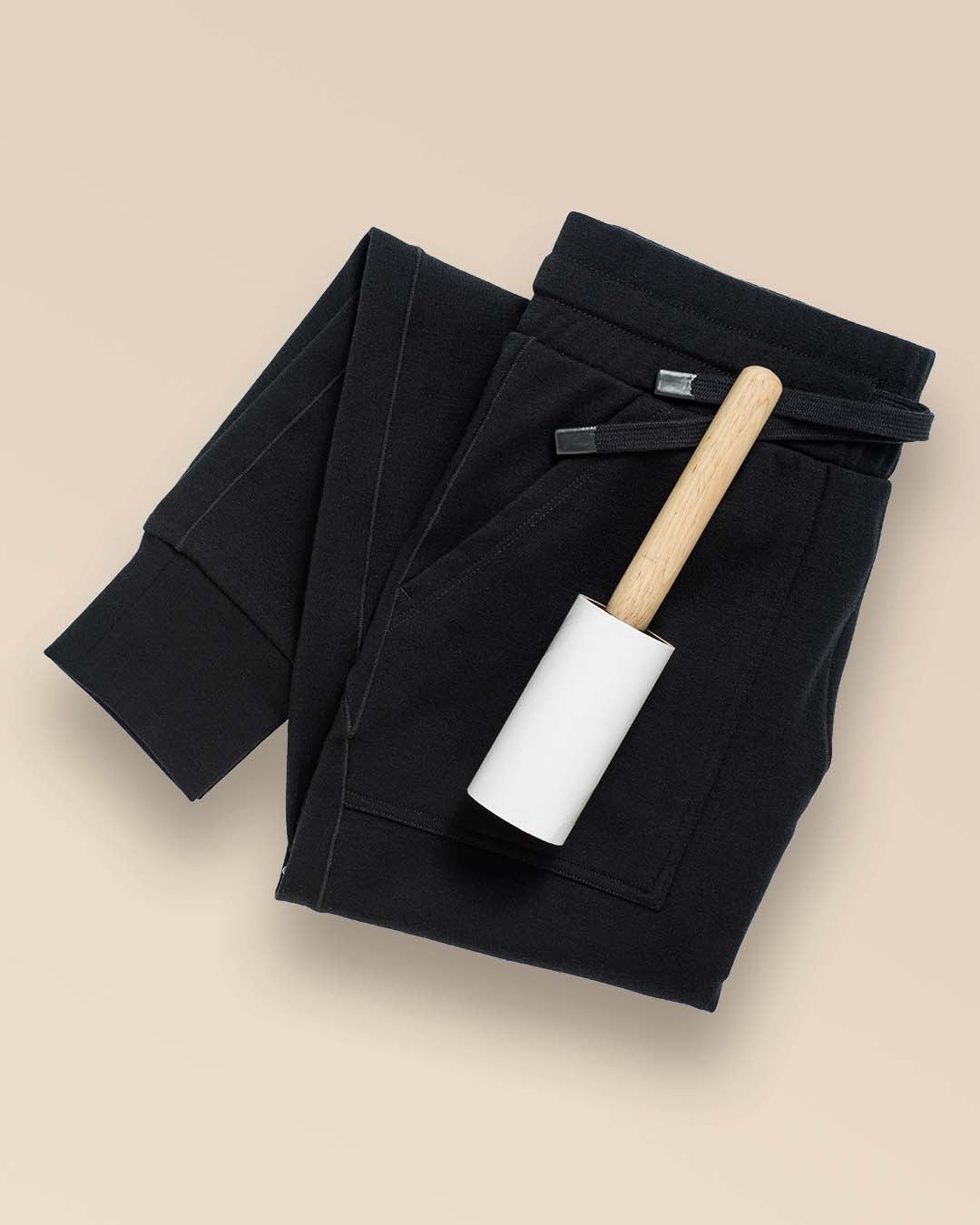Watch FEARies Part One
Watch FEARies Part Two
Watch FEARies Part Three
Watch FEARies Part Four
Intrigued? Watch part one and two now on Vimeo and follow BRANWYN’s Instagram @branwynofficial to find out when the next of Mali’s The FEARies series drops. Plus, we want to hear from you. How do you think about fear in your daily life? Has your relationship with the feeling evolved over the years? Email us anytime at info@branwyn.com or DM us on Instagram!
Got Fear? How to Take Control and Lead Your Most Empowered Life
If there’s one thing Alenka Mali knows intimately, it’s fear. In fact, it’s part of her job. As a BASEjumper and professional free-ride snowboarder, she regularly rockets through snow-covered couloirs and leaps off cliffs with only a parachute to catch her. Even though these acts may seem fearless, make no mistake, Mali says she feels afraid at times just like everyone else.
In fact, a few months ago, Mali found herself in a situation where she felt fear like never before. Her chute failed on a BASE jump and miraculously caught on a tree jutting out from a cliff. She was left dangling hundreds of feet in the air with only a few bits of nylon between her and the rock bottom of a canyon. Thanks to mental toughness, luck, and an expert rescue crew, she came out alive—but it was moments like these that have made her understand the power of listening to our fear, and why navigating this emotion can truly be the difference between life and death.
That’s why Alenka has created The FEARies (a play on “fear theories”) a 4-part video series with BRANWYN designed to share her experiences and lessons in fear with other women. Especially, when trying new experiences, Mali explains how to tap into our powerful innate gift of intuition so we can listen to when fear is trying to save our life—and when it’s holding us back from living to the fullest.
“It’s not about getting rid of fear,” Mali says. “It’s about understanding it. Learning what kind of fear you’re feeling—and knowing when it’s actually trying to help you.”

What the Science Says
As women, our relationship with fear is layered and shaped by both biology and social conditioning. Although scientists don’t fully understand why, women are more likely to develop fear-based mental health conditions like anxiety and often face a tougher road to recovery. One reason may be that our brains tend to engage more emotional processing areas—like the amygdala and prefrontal cortex—when reacting to threats. Hormonal shifts, especially in estrogen and progesterone, can also heighten how strongly fear is felt or remembered.
Together, these factors can make fear feel more “sticky,” causing us to hold on to fearful memories longer and making it harder to distinguish real threats from situations that feel similar but are actually safe. The feeling of persistent fear can make us doubt our own emotions, and make it harder to tell when a fear response is actually helpful.
Beyond biology, social factors train girls to normalize the feeling of being afraid. From an early age, girls are often encouraged to stay cautious and avoid risk, while boys are pushed to be bold and brush off fear. In fact, in one 2024 study from the Journal of Physical Activity and Health, researchers discovered that parents and caregivers were significantly more likely to engage in almost all types of risky fun, including walk near a steep cliff, climb a hill tree, bike on a big hill, and (perhaps most tellingly) face challenges alone.

Over time, this teaches girls to prioritize safety and caution over confidence and risk-taking. As adults, it becomes harder to push past our own boundaries as we weren’t given the room as children to build that mental muscle. It can also drive home the idea that if we aren’t careful and something bad happens, it’s our fault for taking a risk and/or creates a feeling of shame around the possibility of failure.
All of this comes together to create a complicated relationship between women and fear. We're taught to feel it, but not to trust it. To expect it, but not to explore it. That’s why relearning how to work with our fear—rather than shrink from it—can be such a powerful act of reclamation. “Especially as women, we have an amazing intuition. I think if we learn to really listen to it (and quiet all the outside noise), it could really help us,” Mali says.
Of course, not all fear is something we can—or should—try to conquer. Some people live with phobias or anxiety disorders that are deeply rooted and require support, not exposure. At BRANWYN, we honor this and want you to know you are not alone in feeling this way. Fear affects everyone differently, and honoring your experience is part of the process too.

How Mali Built Her Muscle
Fear is a part of the human experience, and one that Mali believes is essential to leading a full life. Growth lives on the edge of discomfort. And fear can be the compass pointing you there.
“If you never leave your comfort zone, you stagnate,” she says. “Your energy gets dull. Your purpose starts to fade. I think we all need something that challenges us, that reminds us we’re alive.”
She wants to help other women understand that there are tools to understand, manage, and work through fear. If we learn how to use our fear as a tool—rather than something that we need to run away from—we can start making bolder choices, take more meaningful risks, and live lives that feel aligned, empowered, and free.
Mali says her upbringing allowed her a serious leg up when it comes to controlling her fear. As the daughter of two alpinists, she grew up in base camps all around the world. “We had a lot of freedom, especially compared to the kids around us who were very restricted by their parents. My brother and I were lead climbing by age eight or so,” she said in an interview alongside her mom, Monika Kambic. “Because we were never limited by our parents, we don’t feel limited by ourselves. I feel like: I want to do that and I’m going to do it! It’s possible!”

Still, people often assume Mali is fearless. She’s used to being called “crazy” or “different,” but now sees those moments as chances to educate. “I absolutely feel fear,” she says. “I just spend a lot of time preparing for it.”
That preparation, she explains, is everything. First, it builds confidence. Whether you’re planning a solo hike or a new career leap, doing the groundwork—training, mapping, planning—can dramatically lower anxiety. Second, it builds resilience. Like any muscle, courage strengthens with use. “No one starts snowboarding like the top people in the world,” she says. “You start on the bunny hill.” With small, intentional steps, our baseline for what feels possible begins to shift.

When the Worst Happens
This past January, Mali experienced the kind of worst-case scenario she’d long trained to avoid. Her parachute malfunctioned in the middle of a BASE jump, causing her to strike a cliff wall and become stranded, suspended by a tree stump hundreds of feet above the ground. She hung there for four hours, awaiting rescue.
“There was nothing I could do. I couldn’t move. I couldn’t fix it. My only tool was my mind.”
To stay grounded, she repeated a mantra in her native Slovenian: With the power of my mind, I move forward. It was the only thing she could control—and it helped. “It kept me from spiraling. I thought about other people who survived situations like this. If they could do it, I could too.”
After the rescue, the fear didn’t vanish.
“I was in shock at first. But I processed a lot of what happened while I was hanging there,” she says. “And it reminded me how important it is to be present. That accident was human error. I wasn’t paying full attention when I packed my chute. I wasn’t listening to that quiet voice telling me something felt off.”
She says that it took some time to get here, but now she looks at the experience as a gift. “I think it's going to have such a positive impact on my BASE jumping career and my decision-making in general. It's probably what's going to help me survive in the future,” she says.

